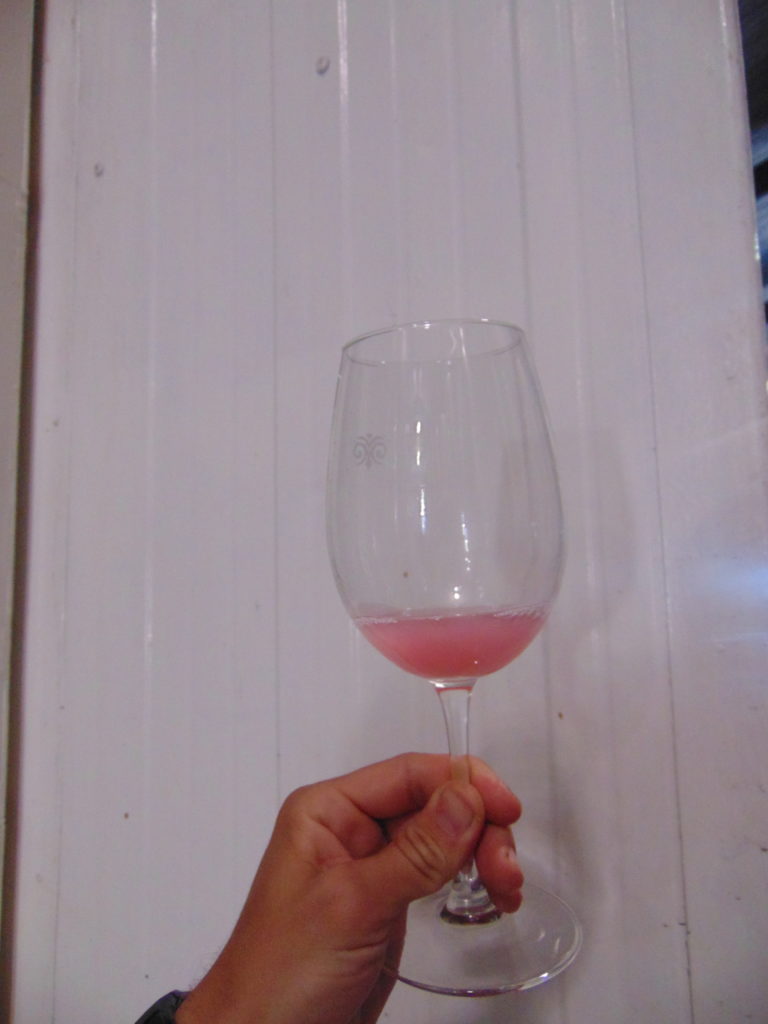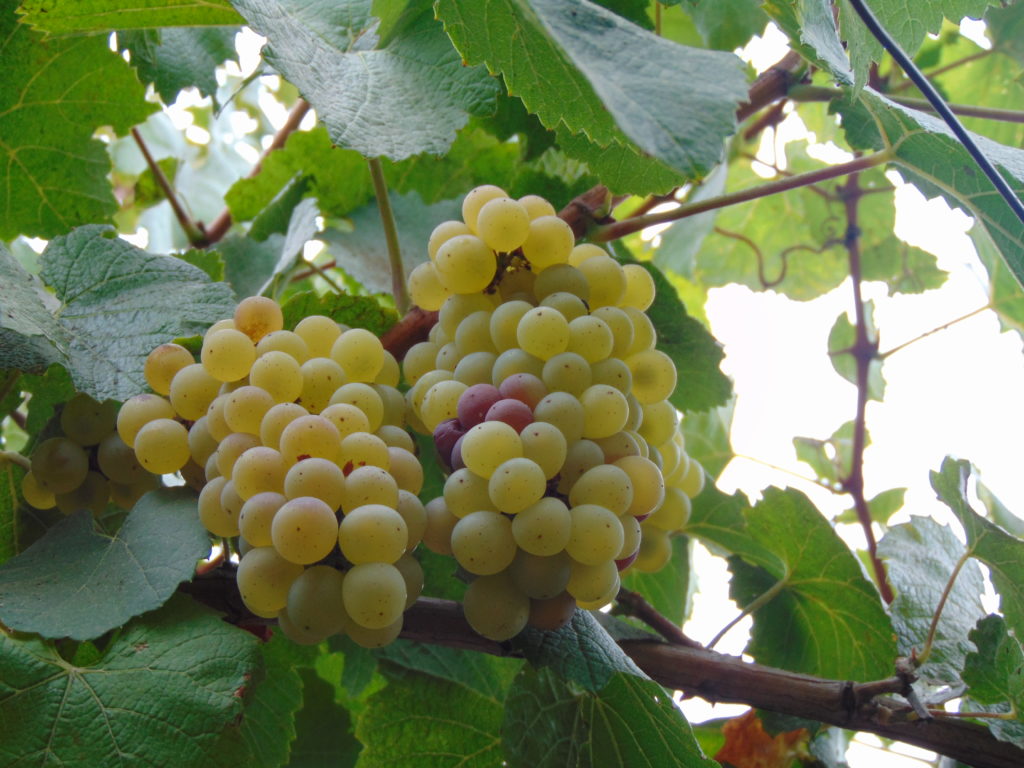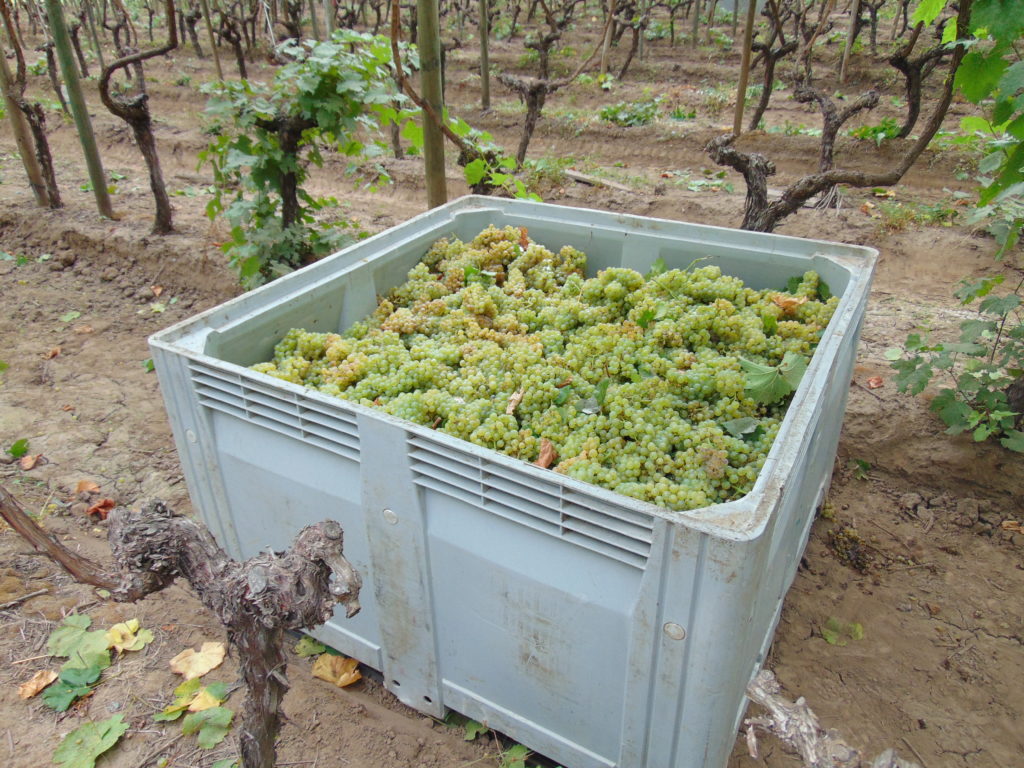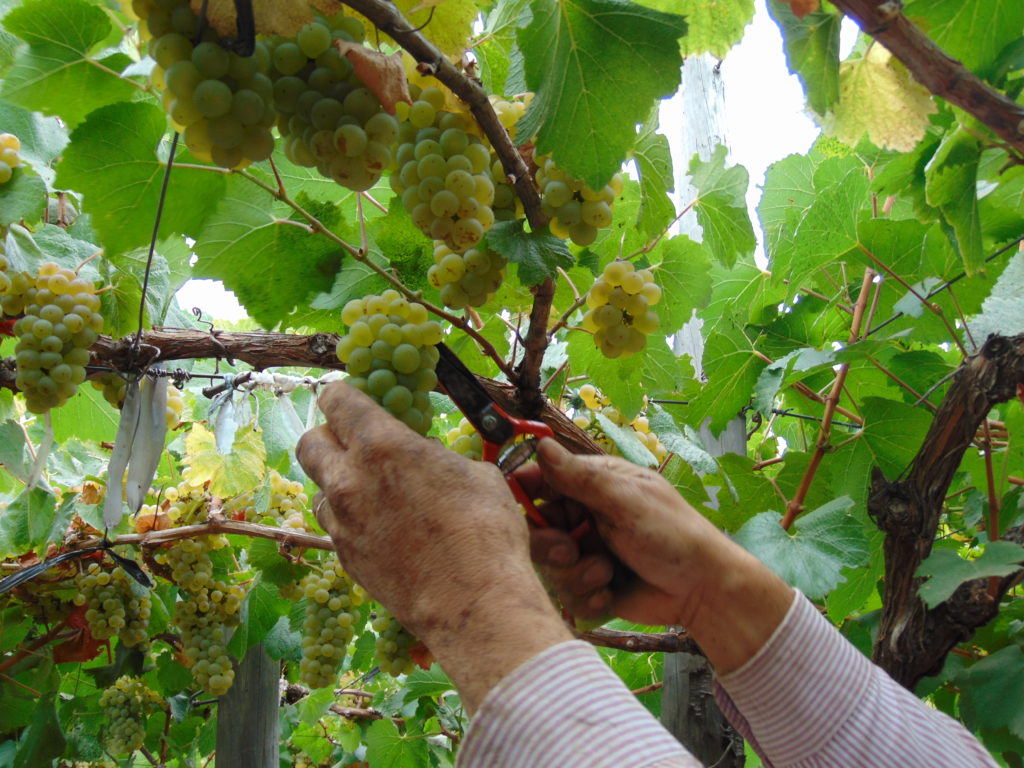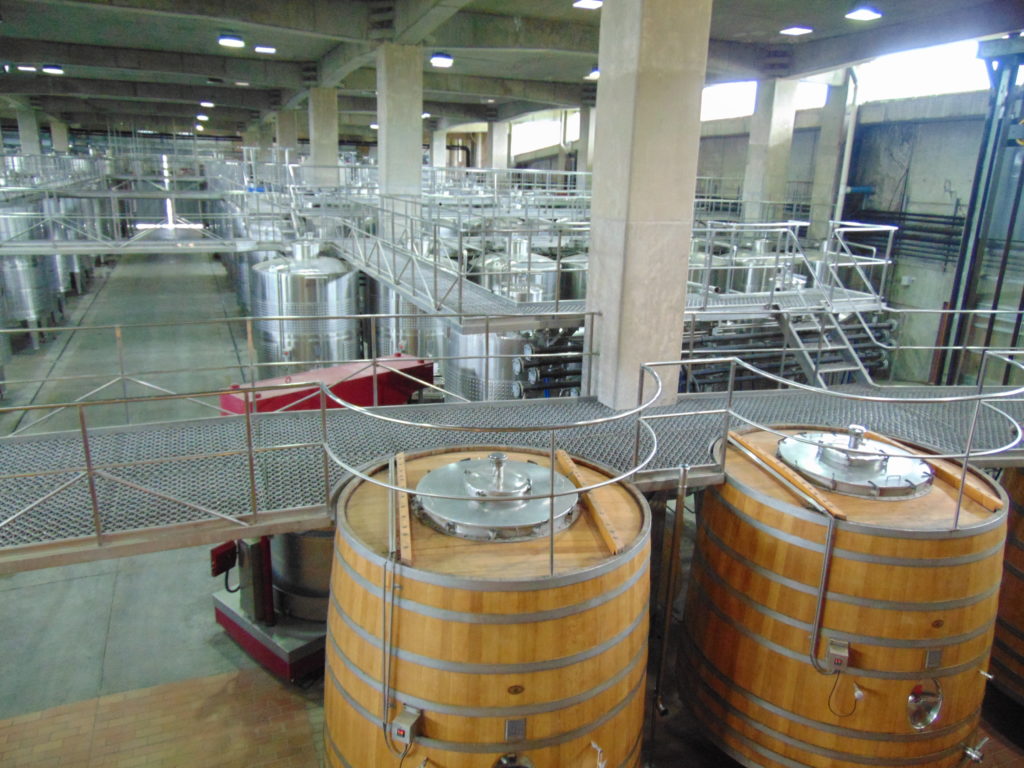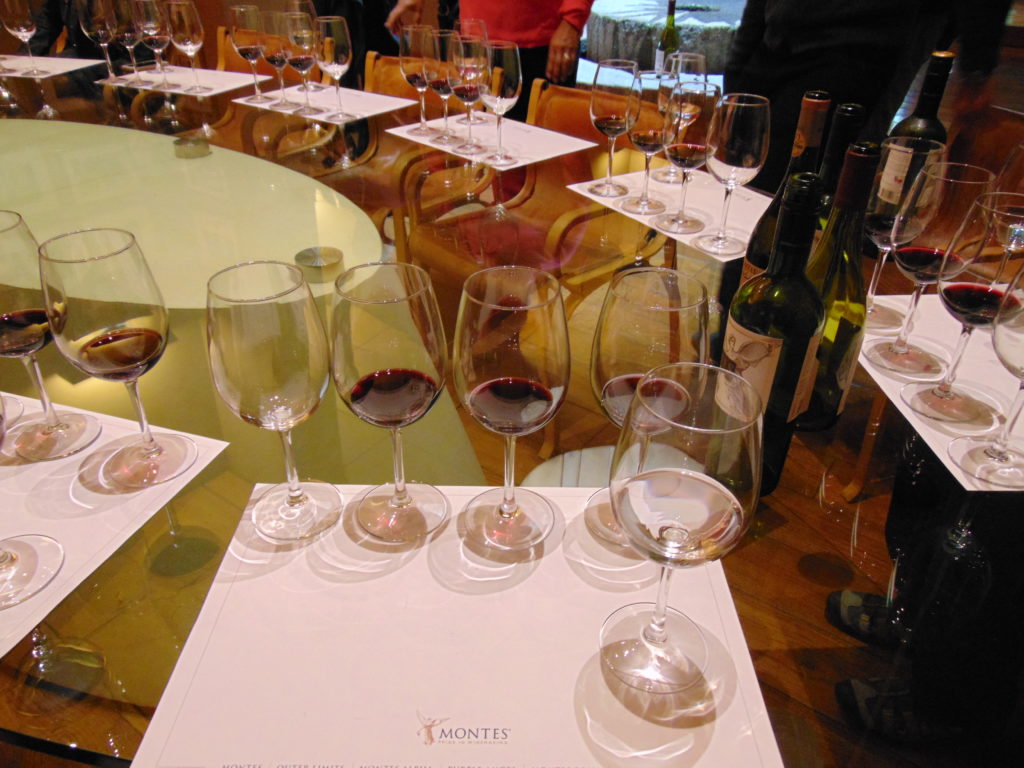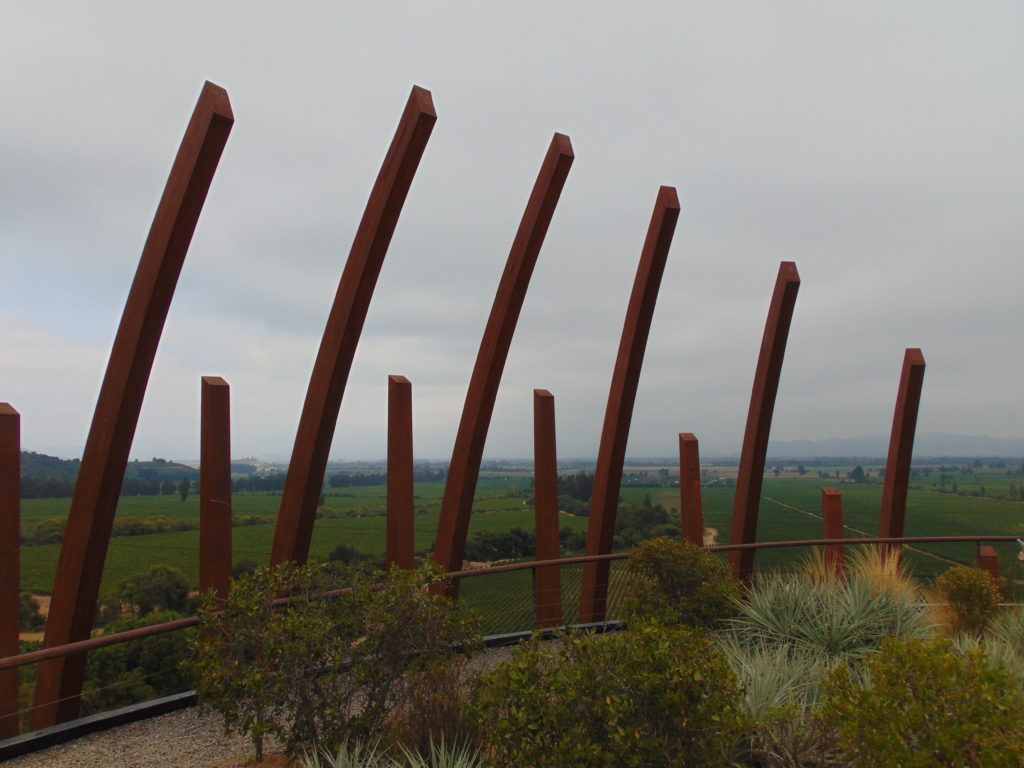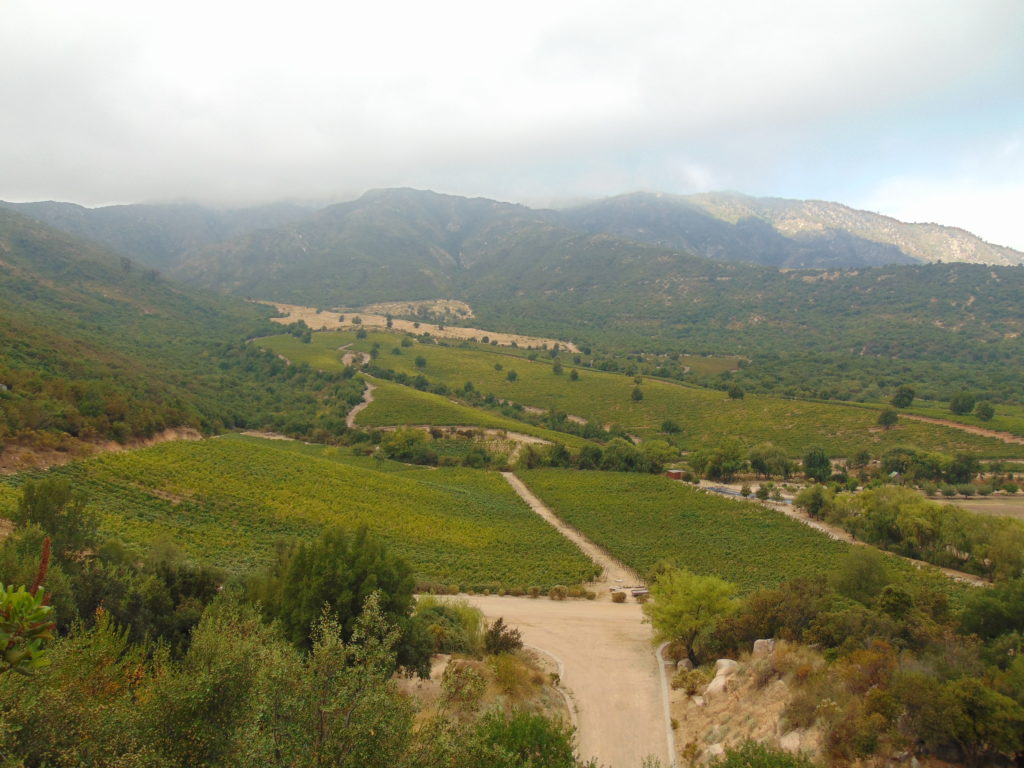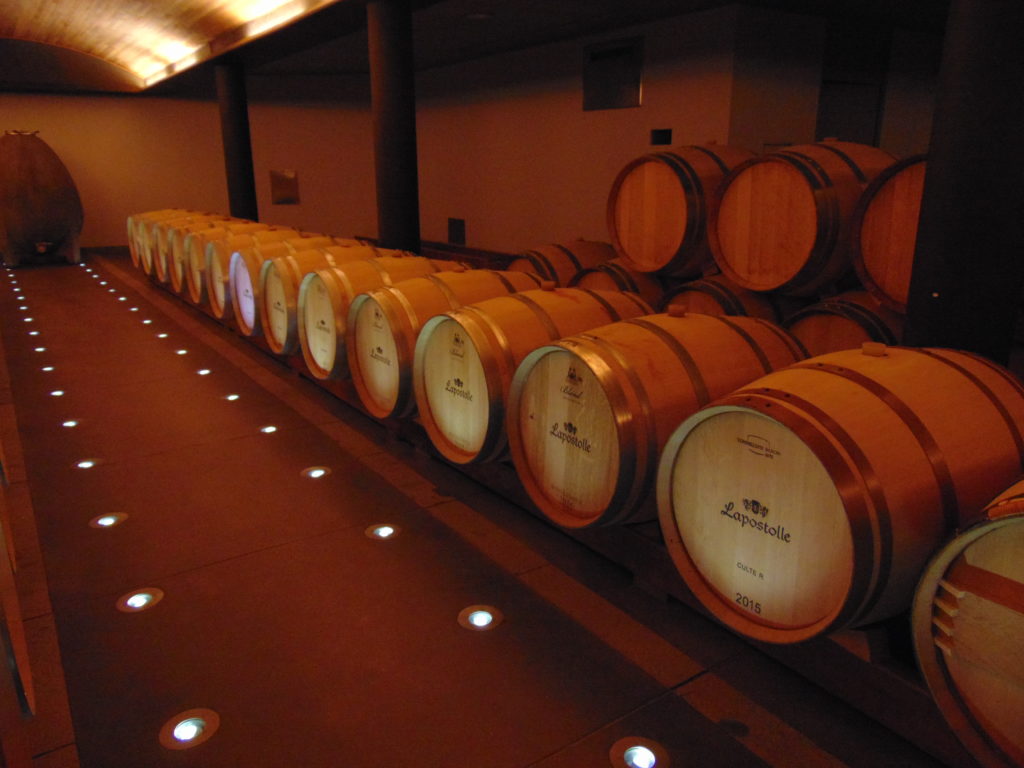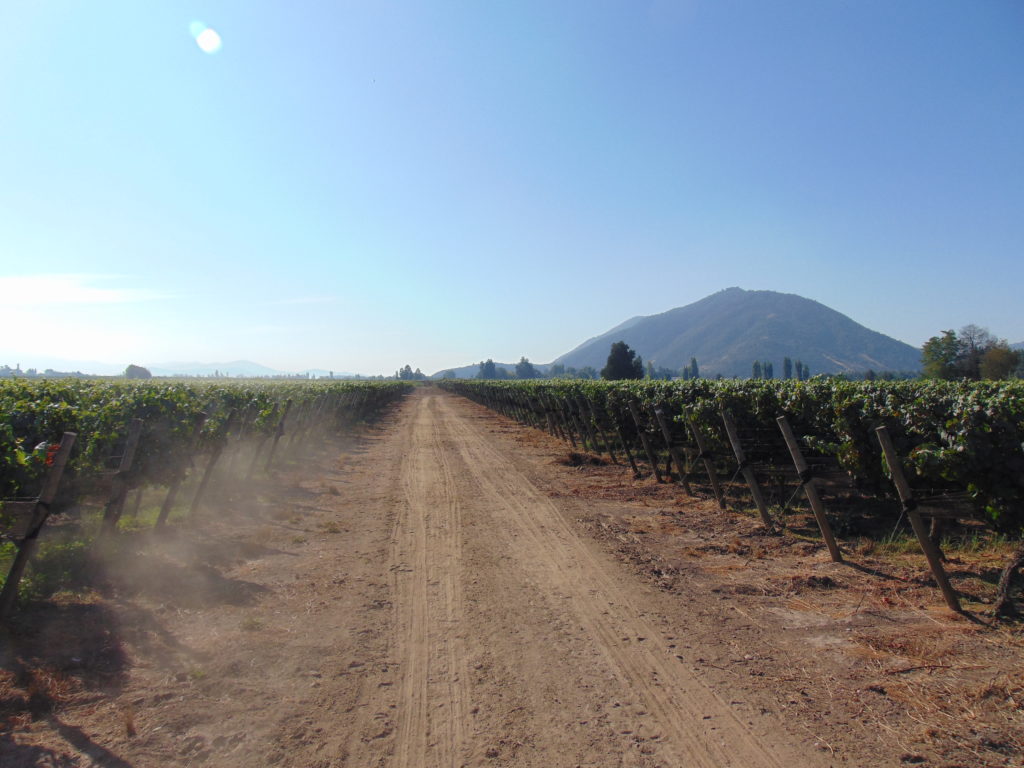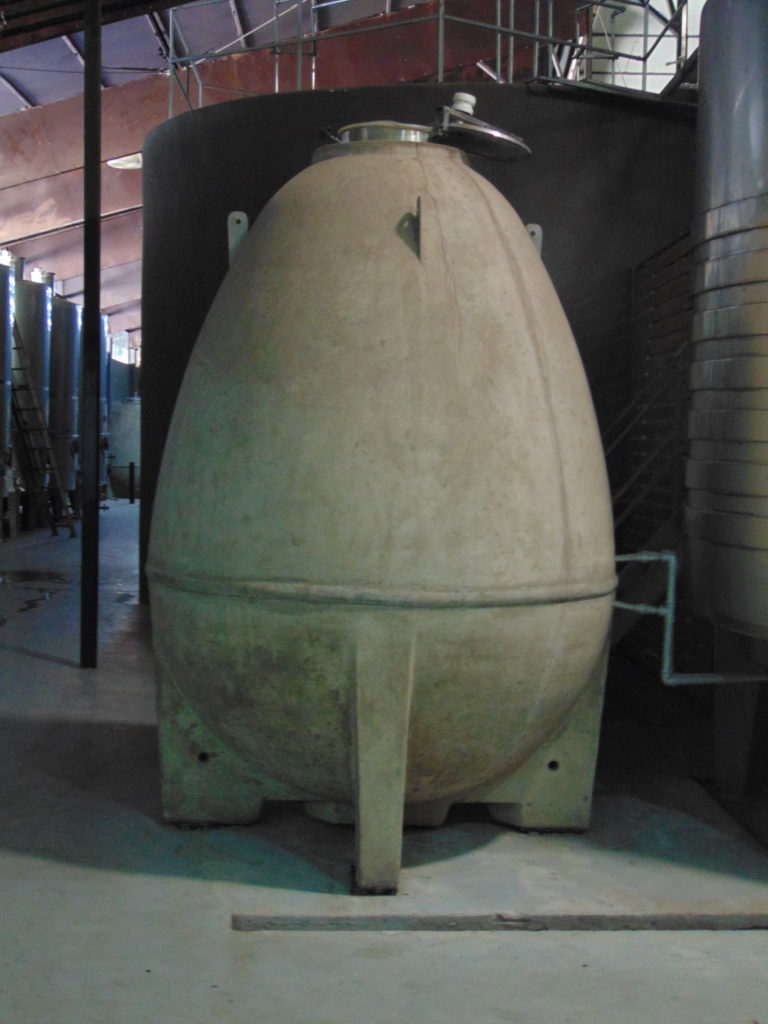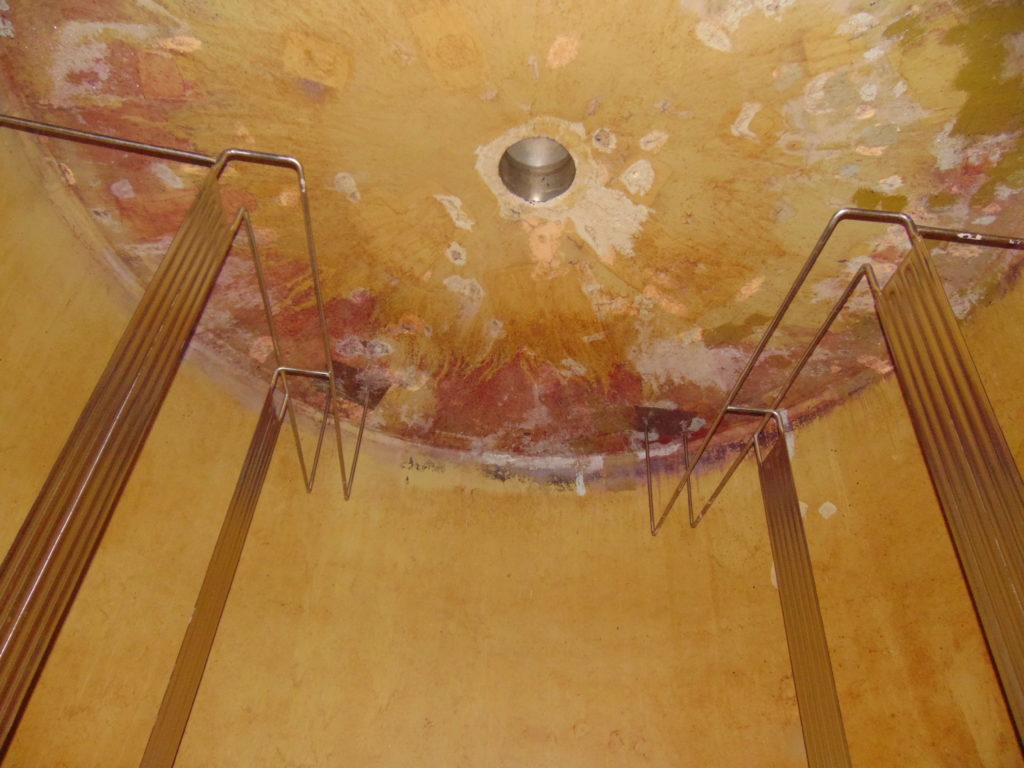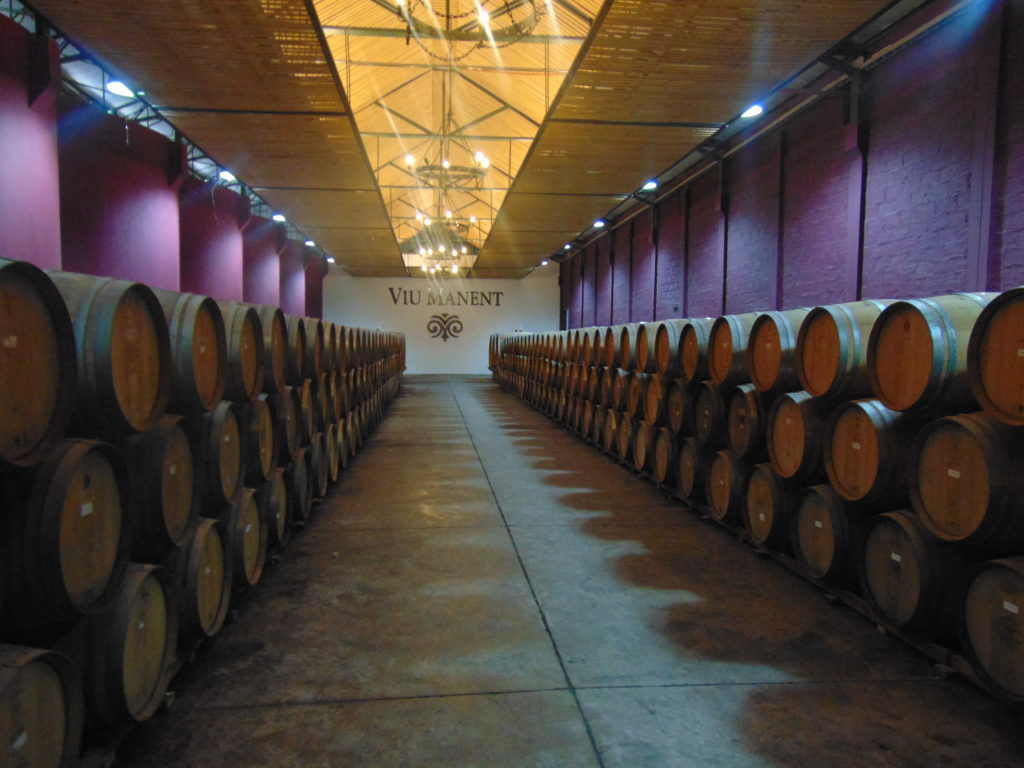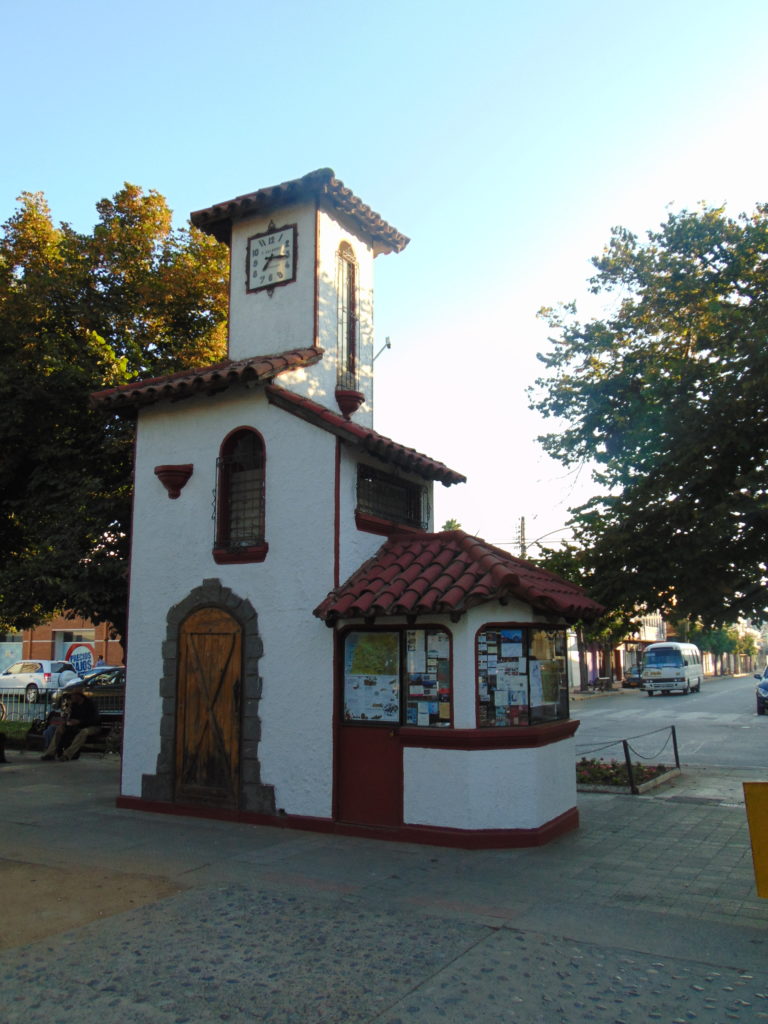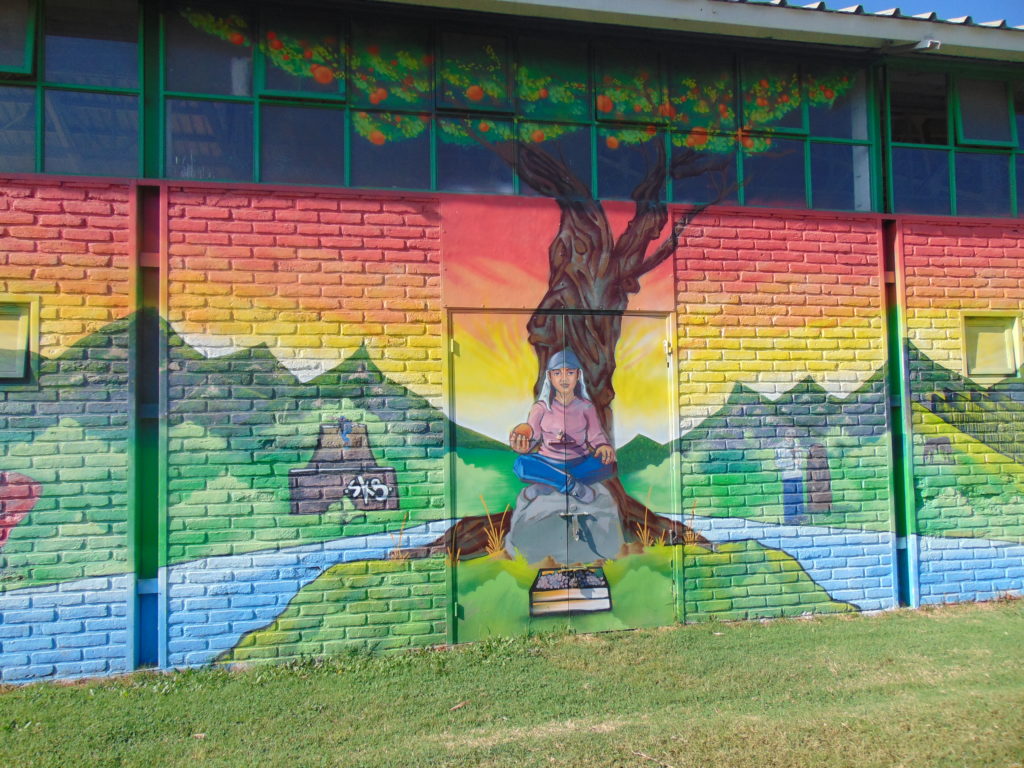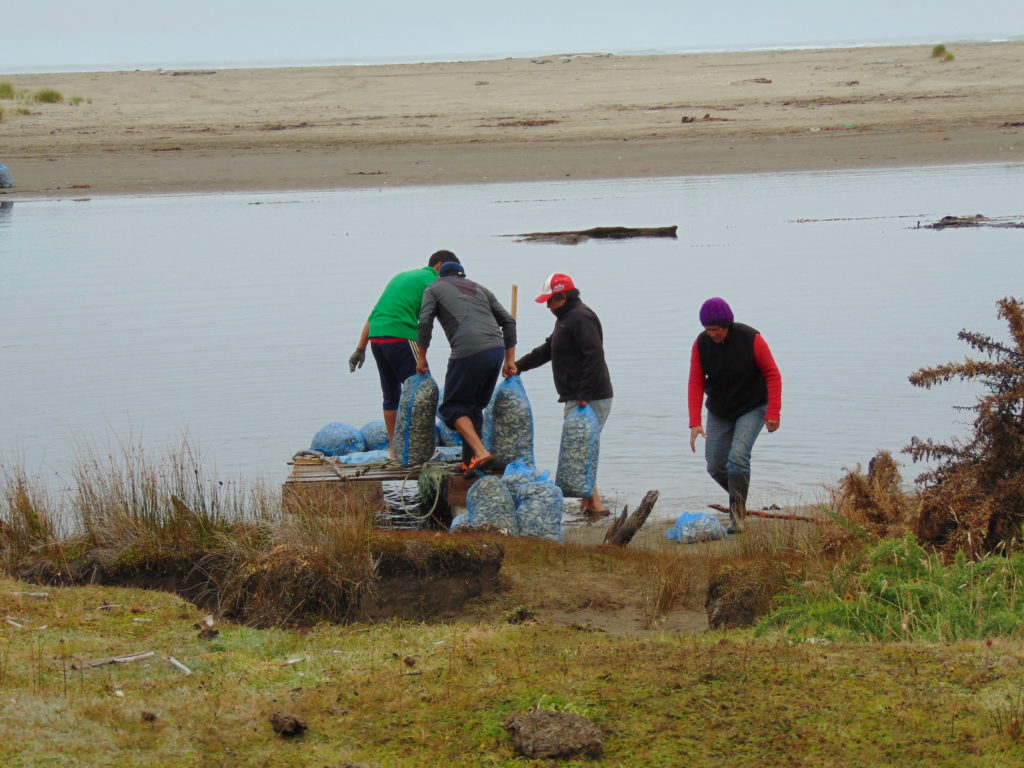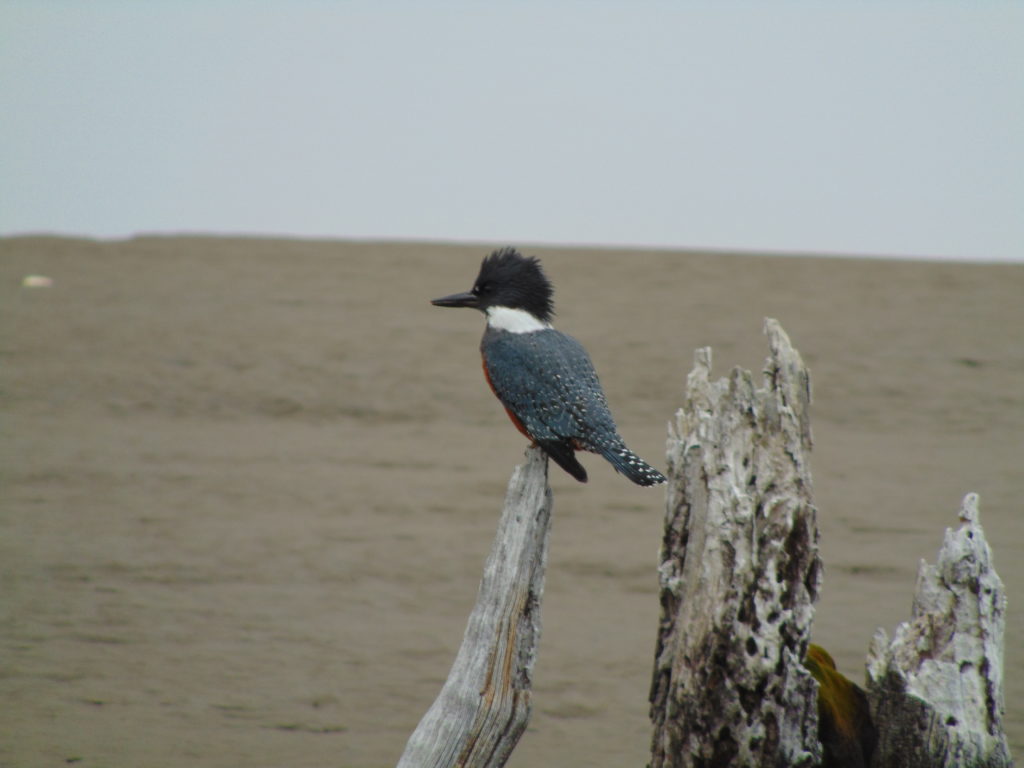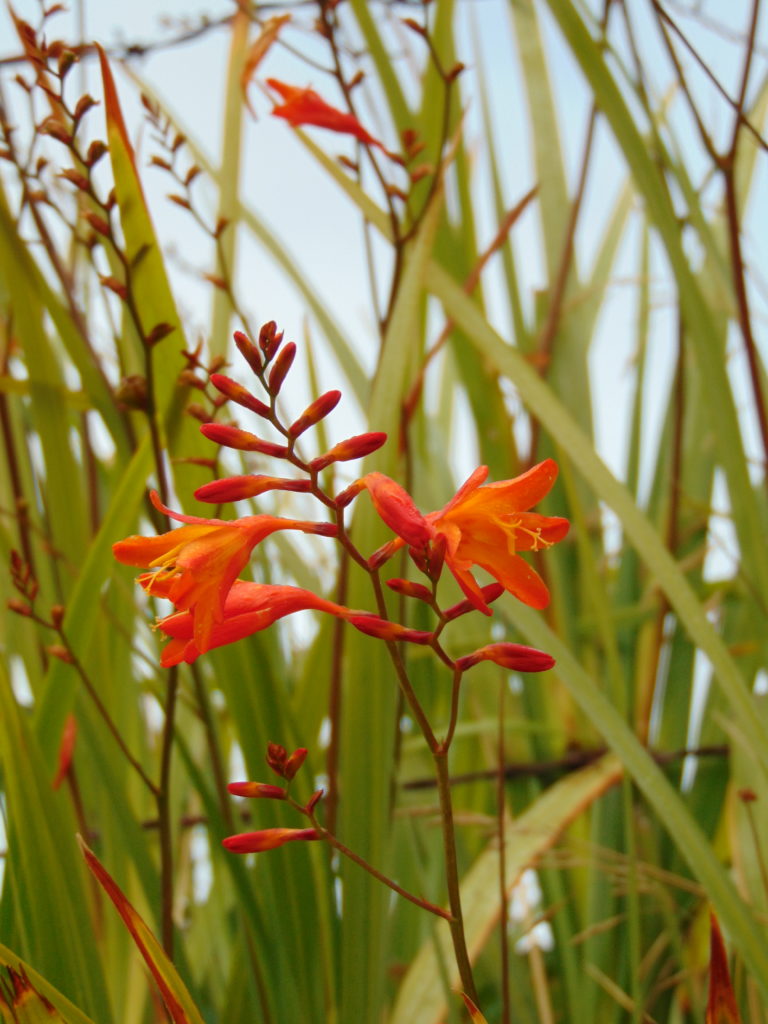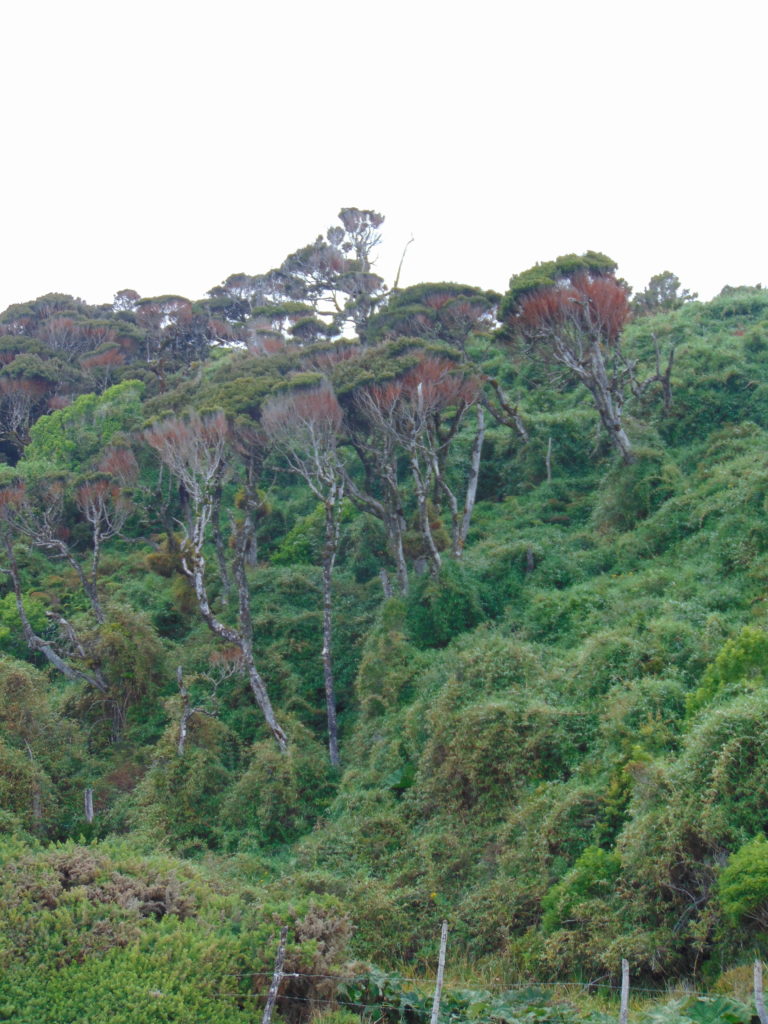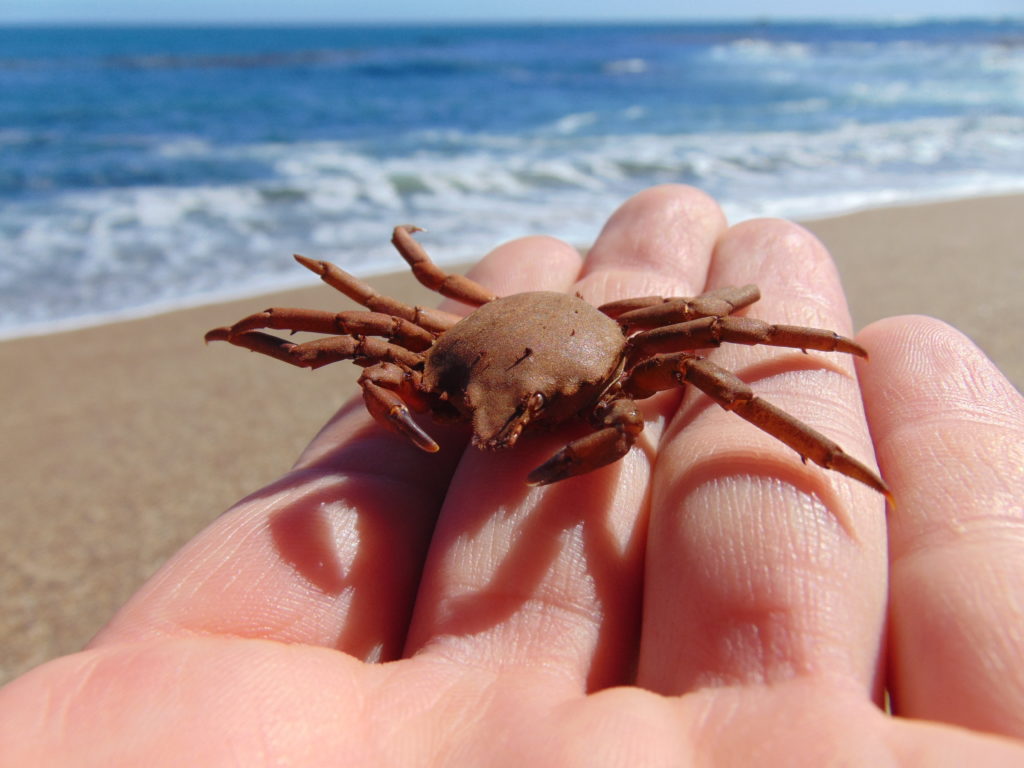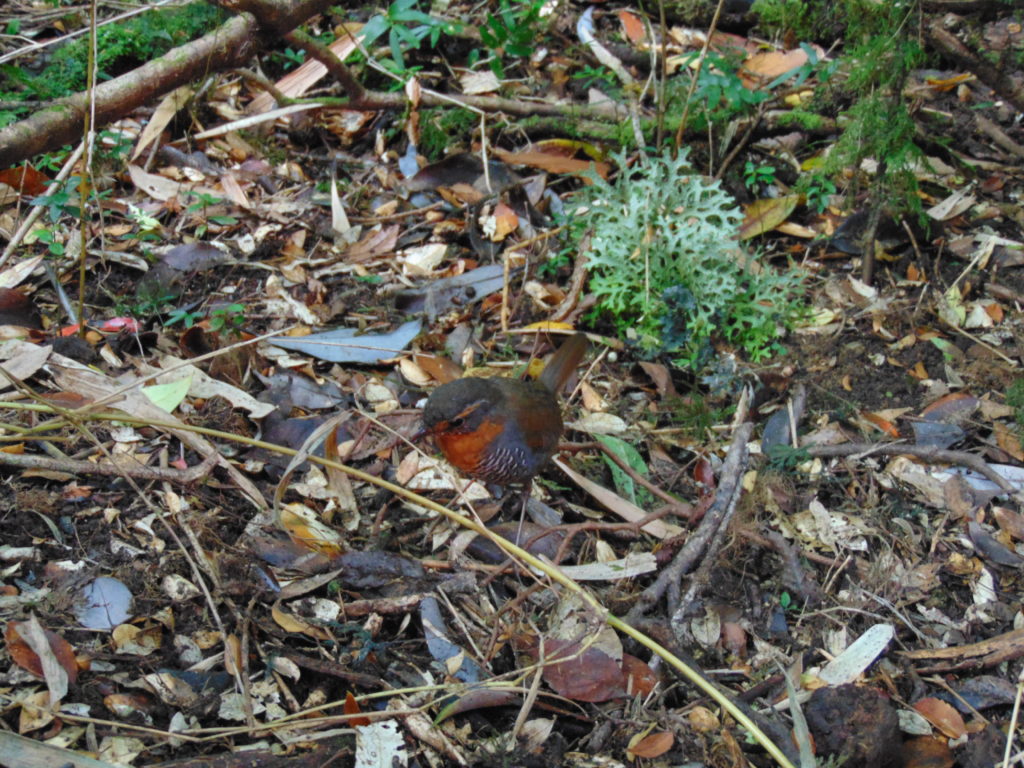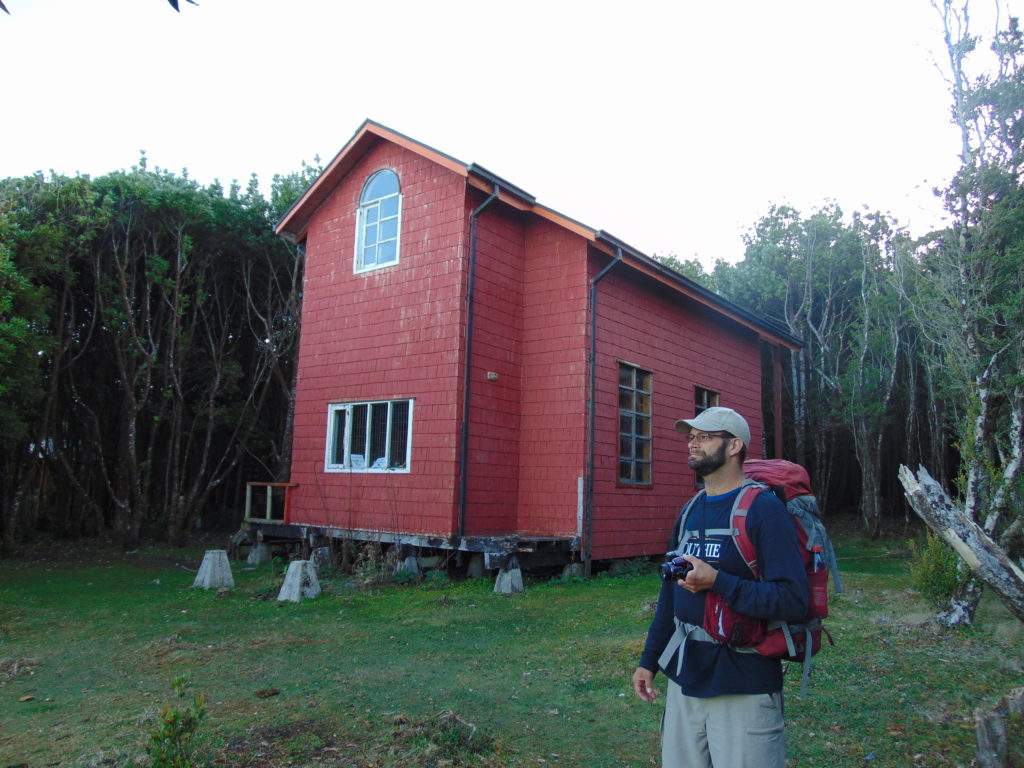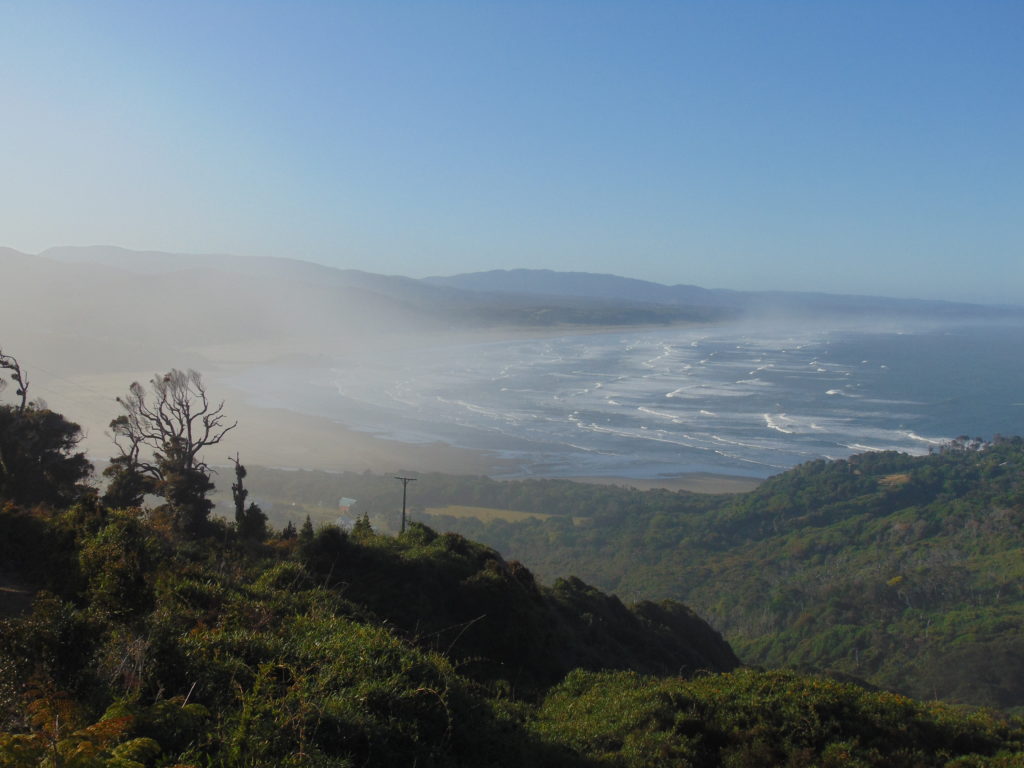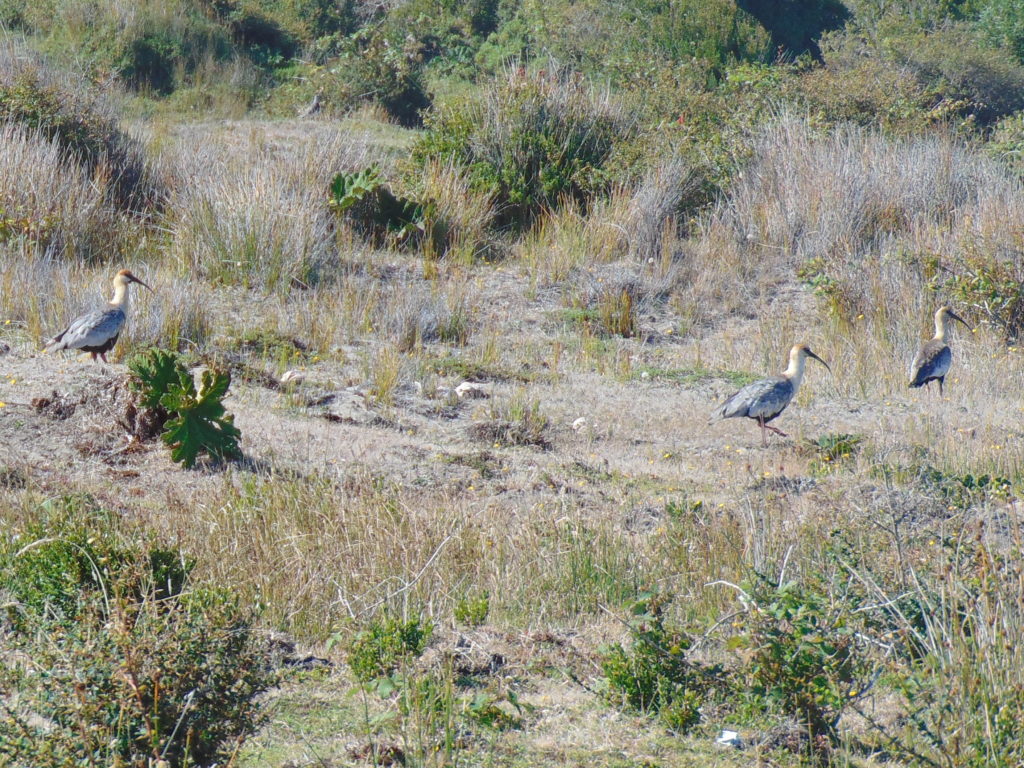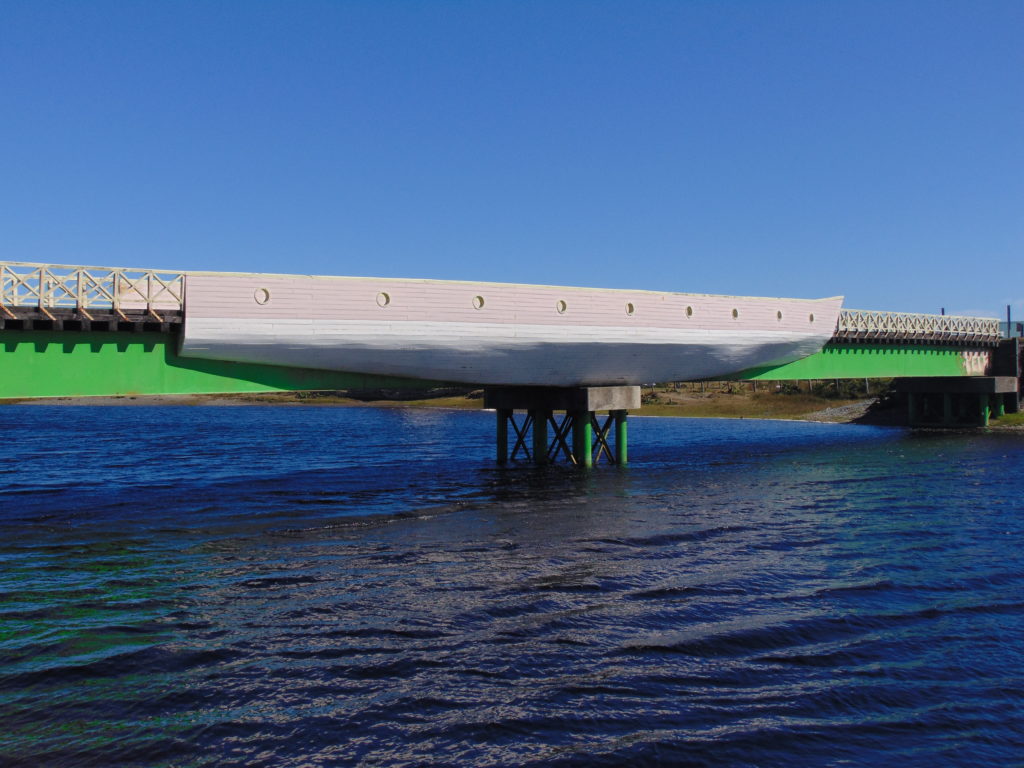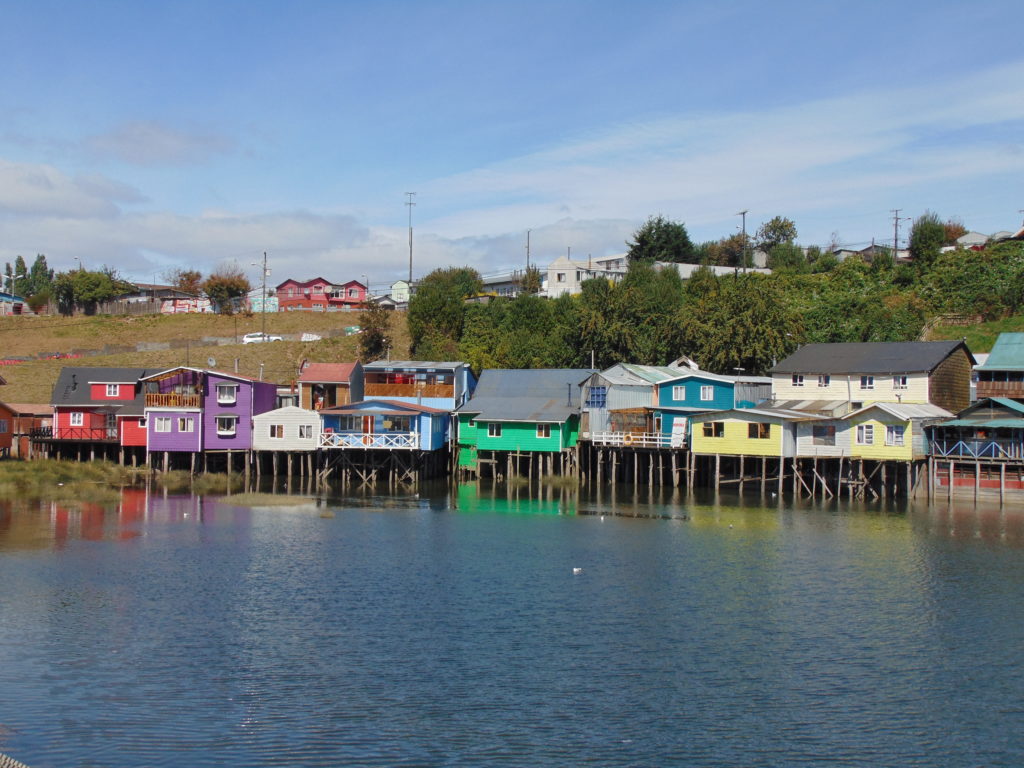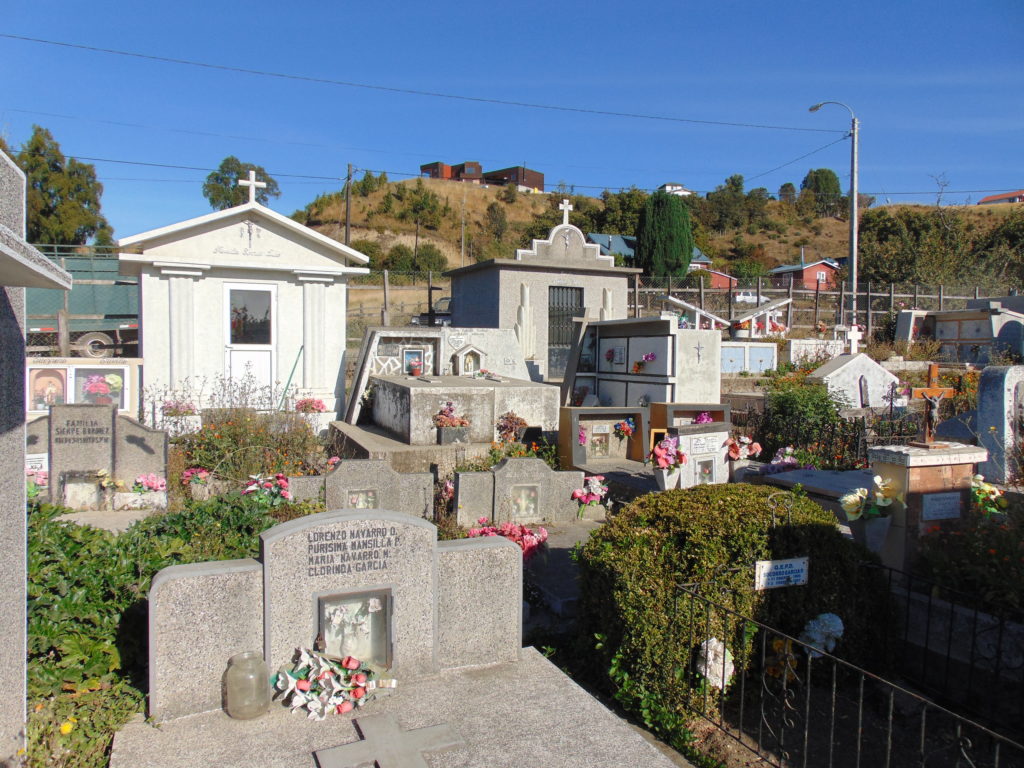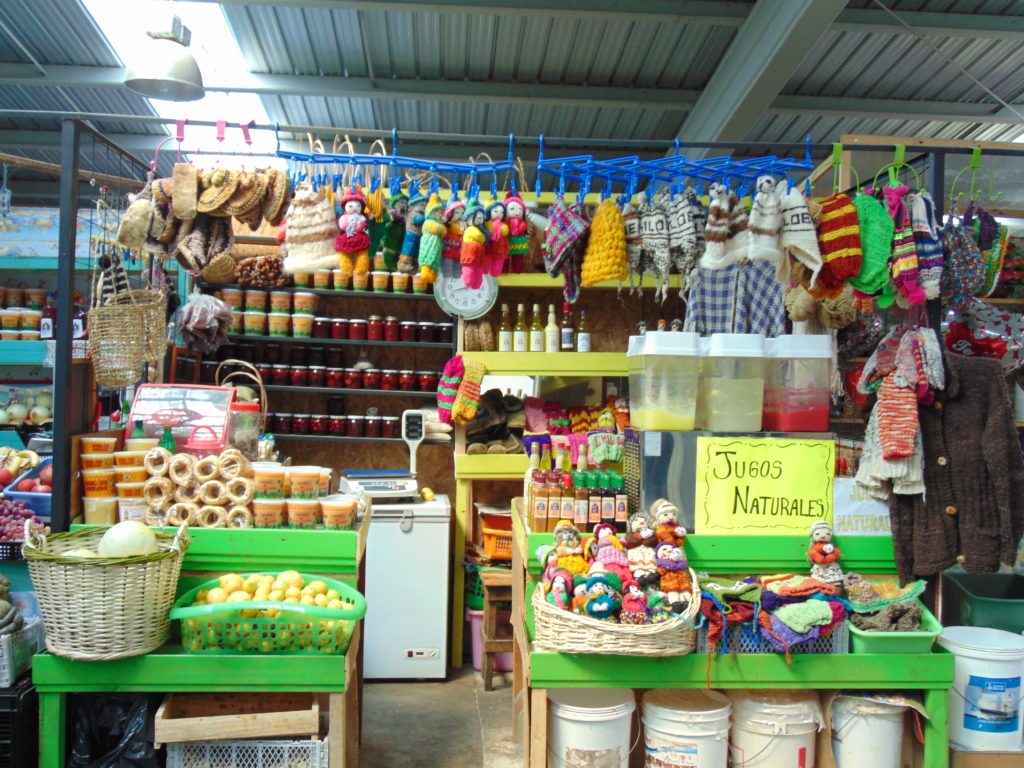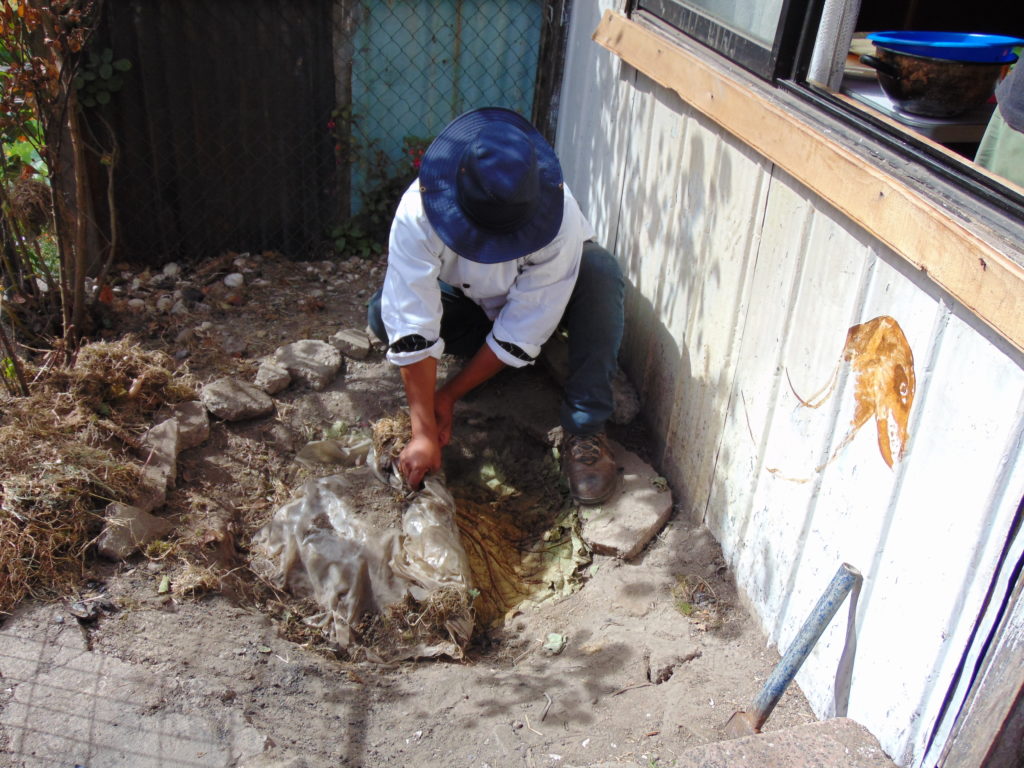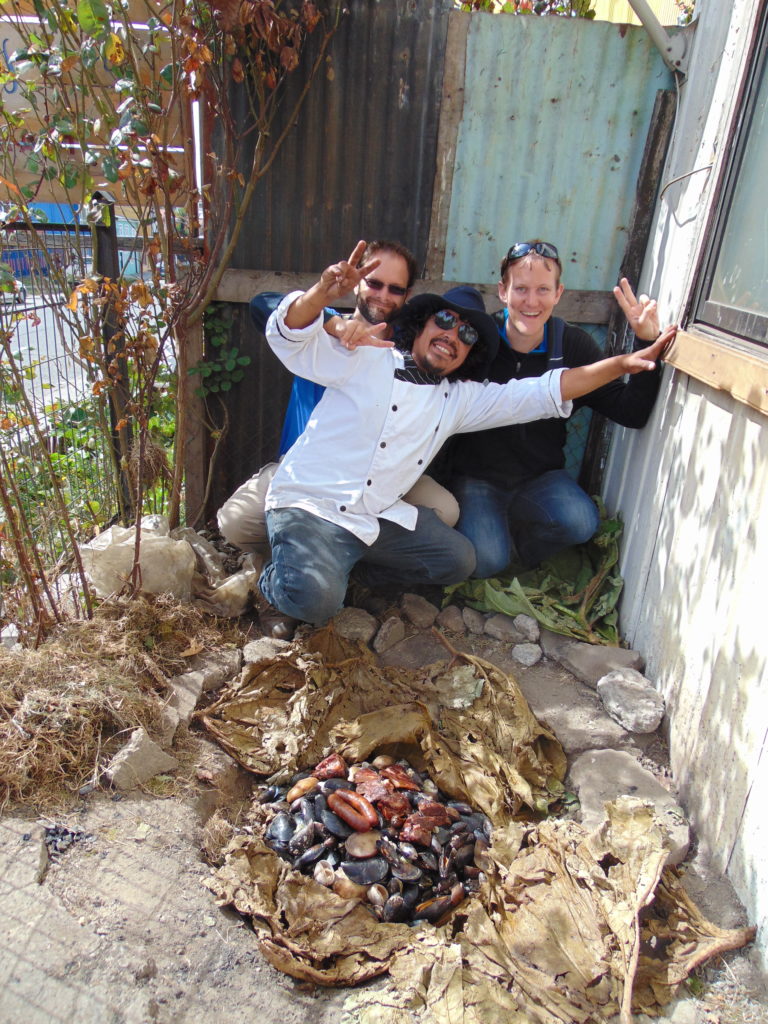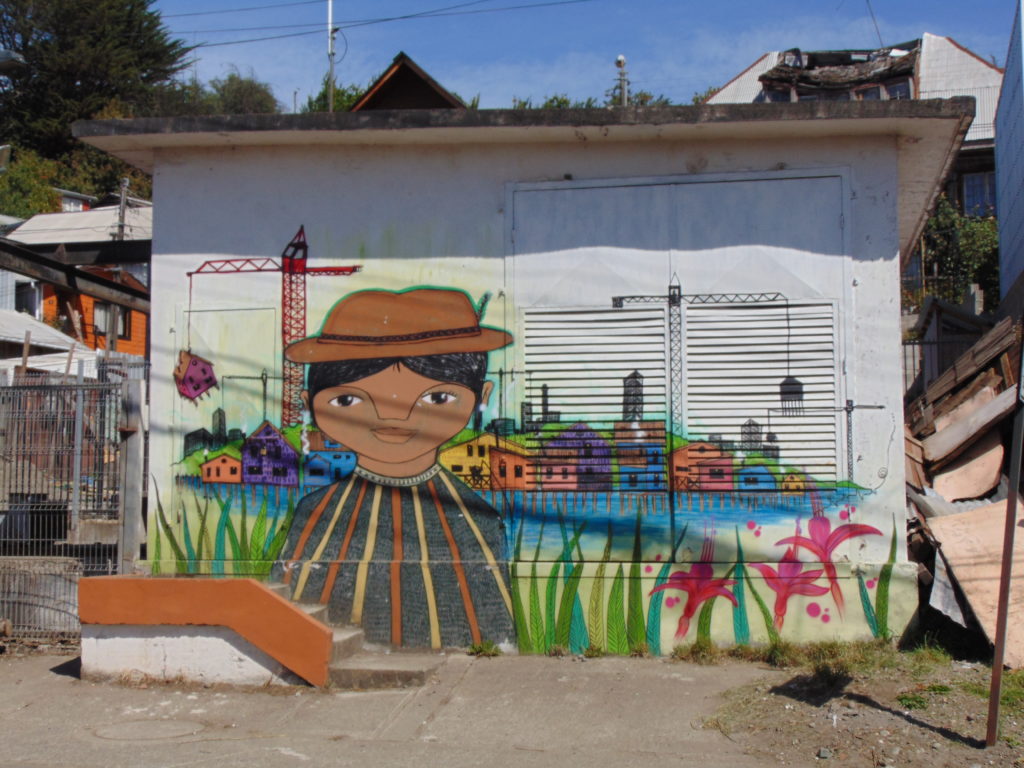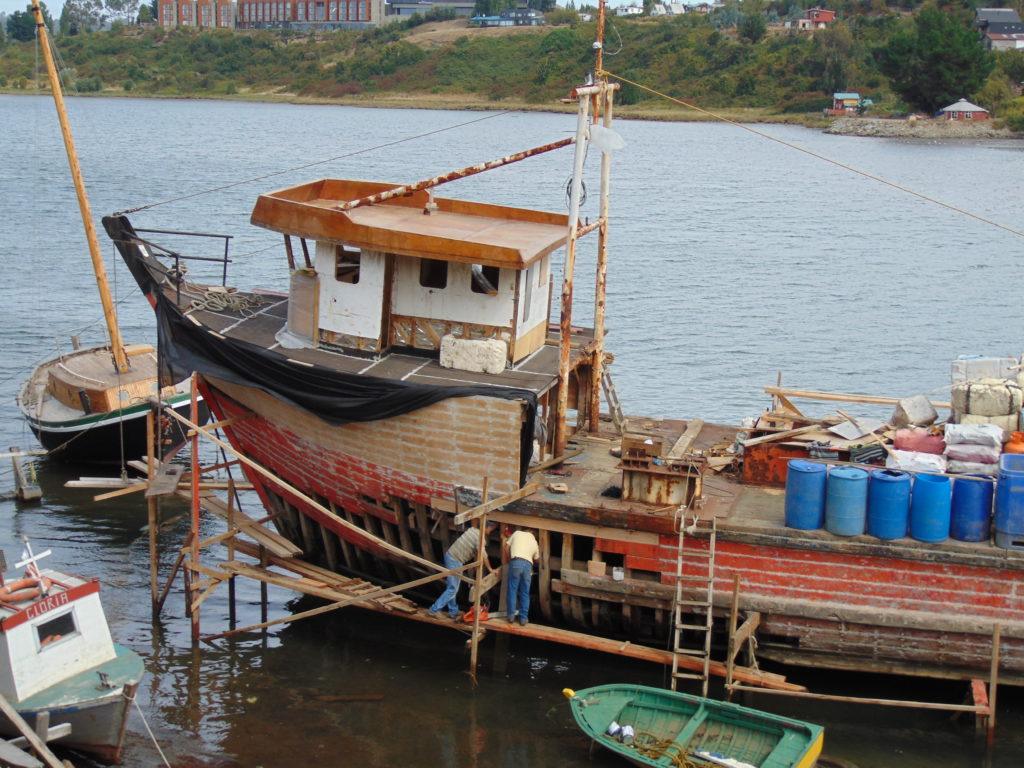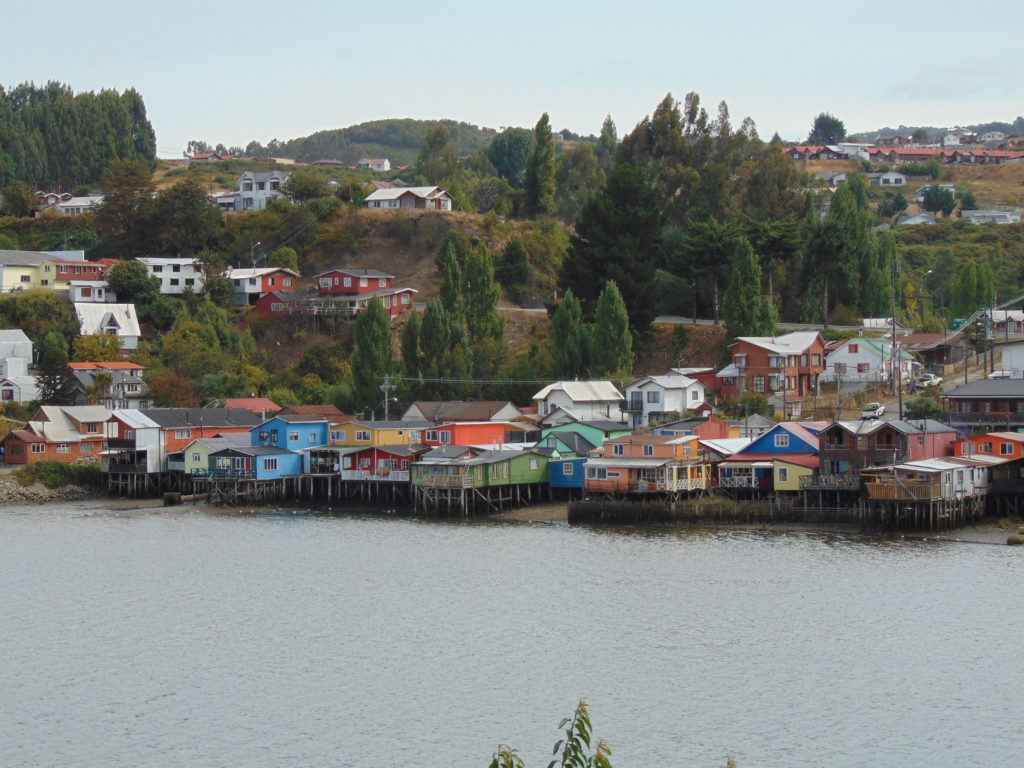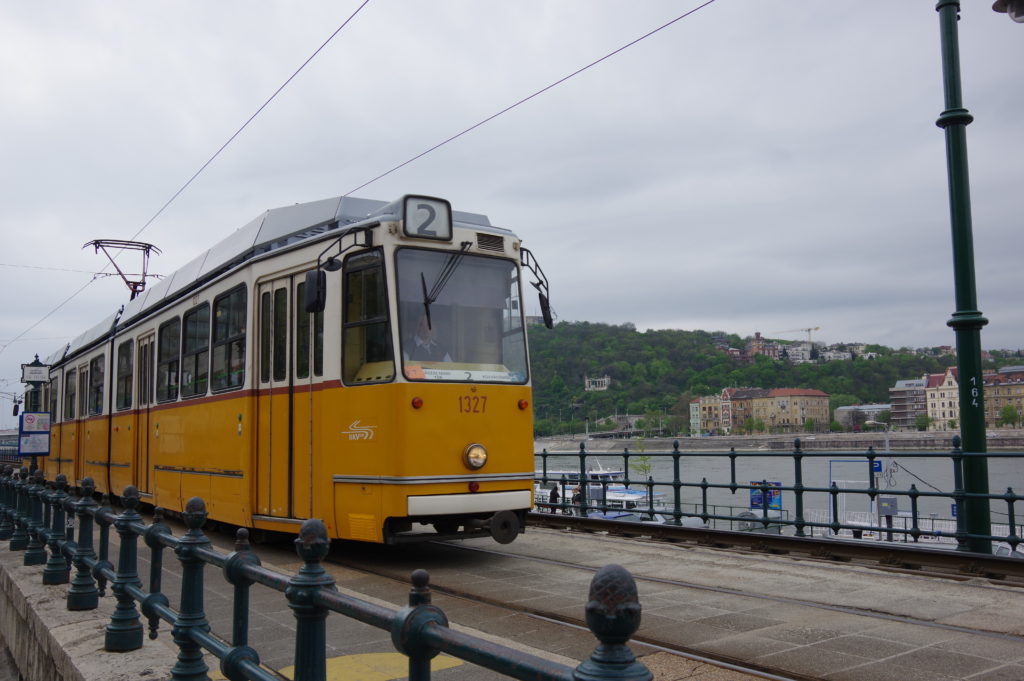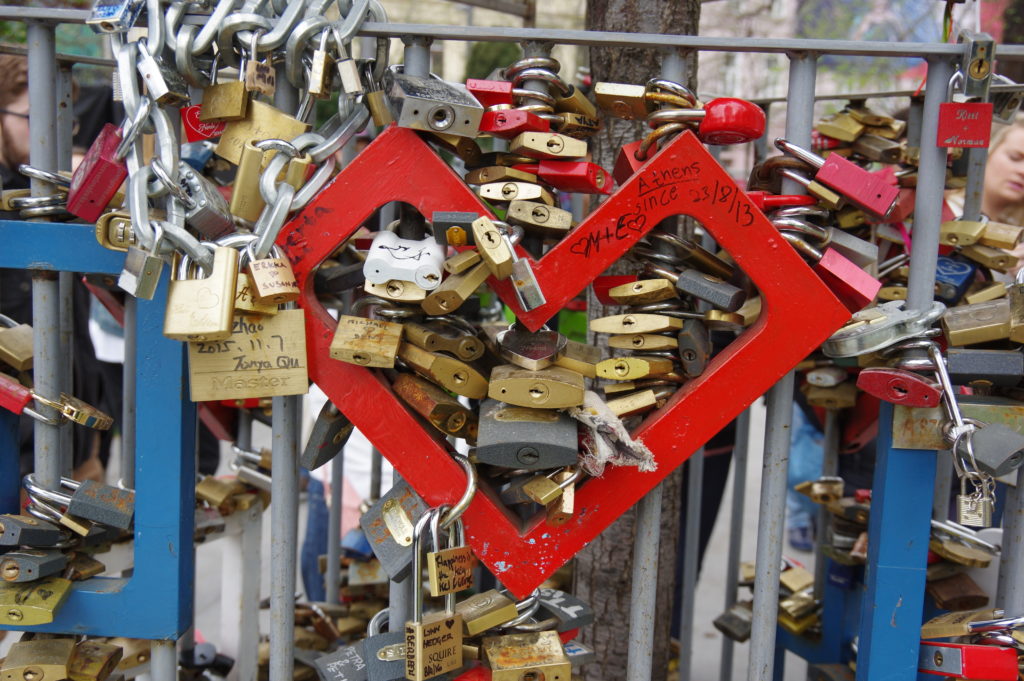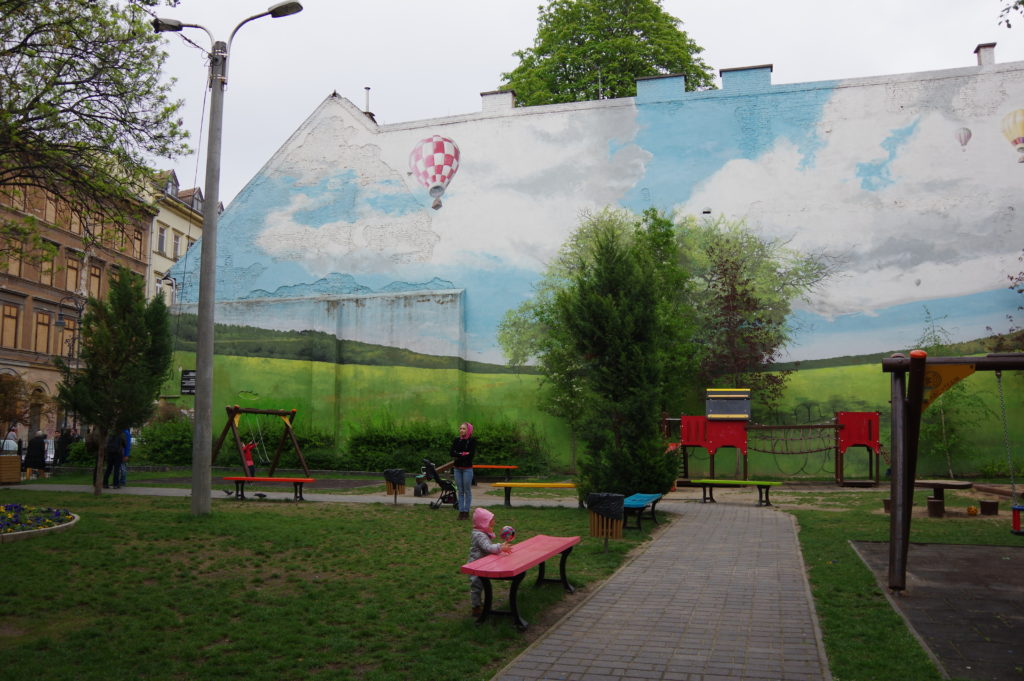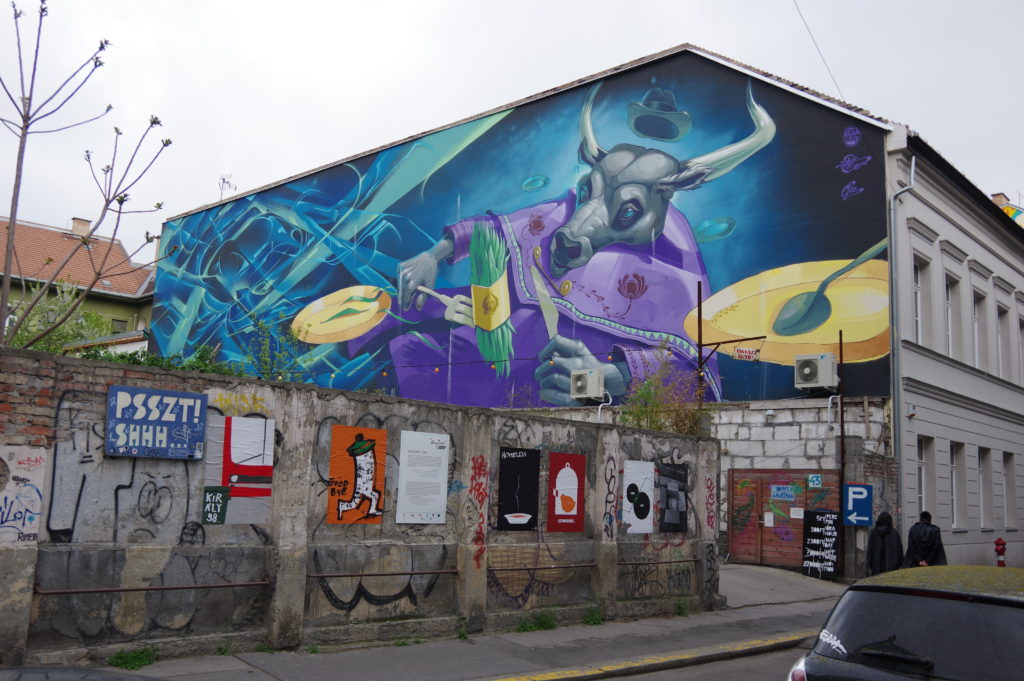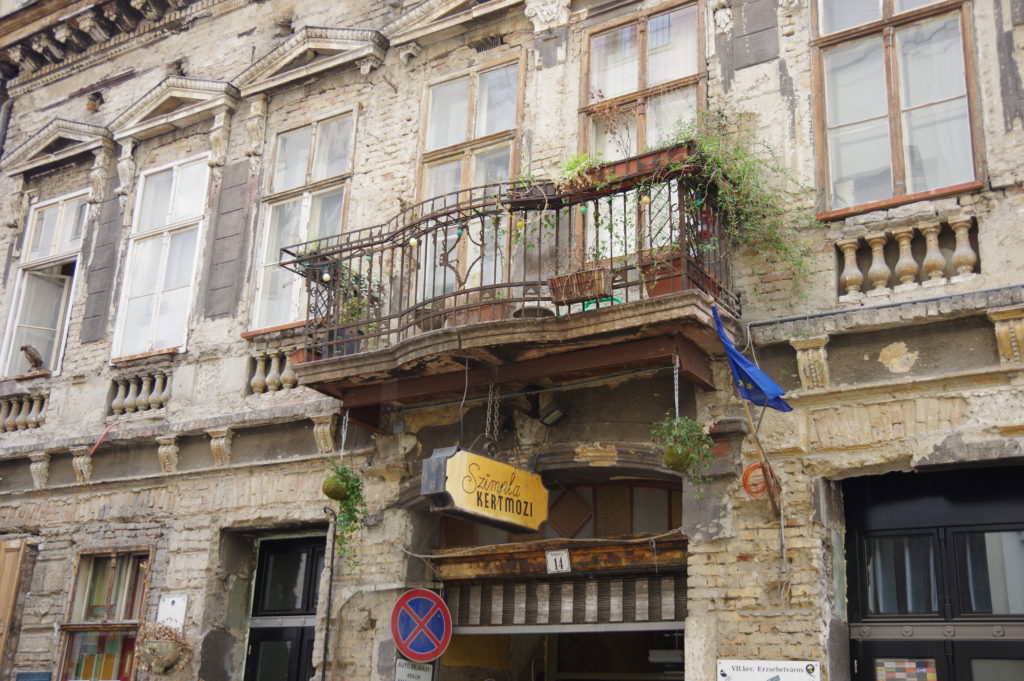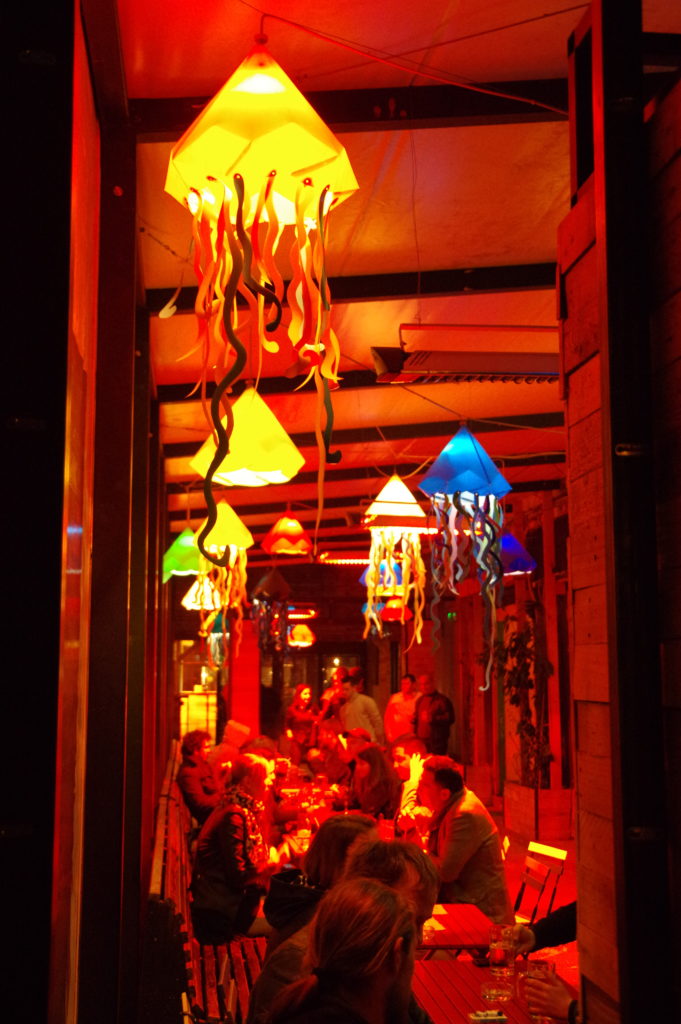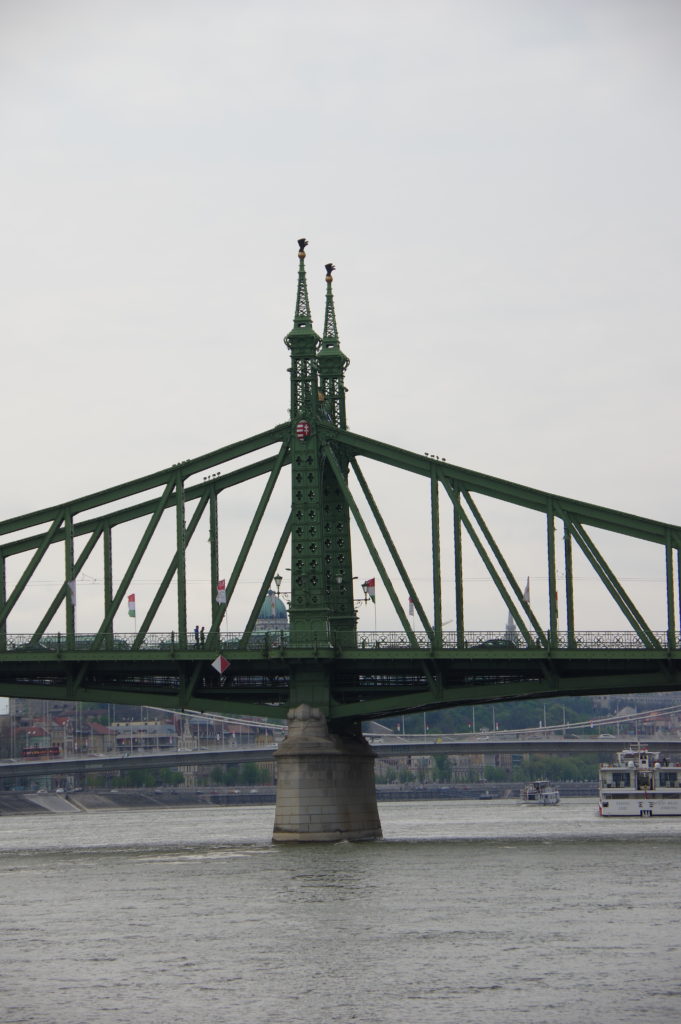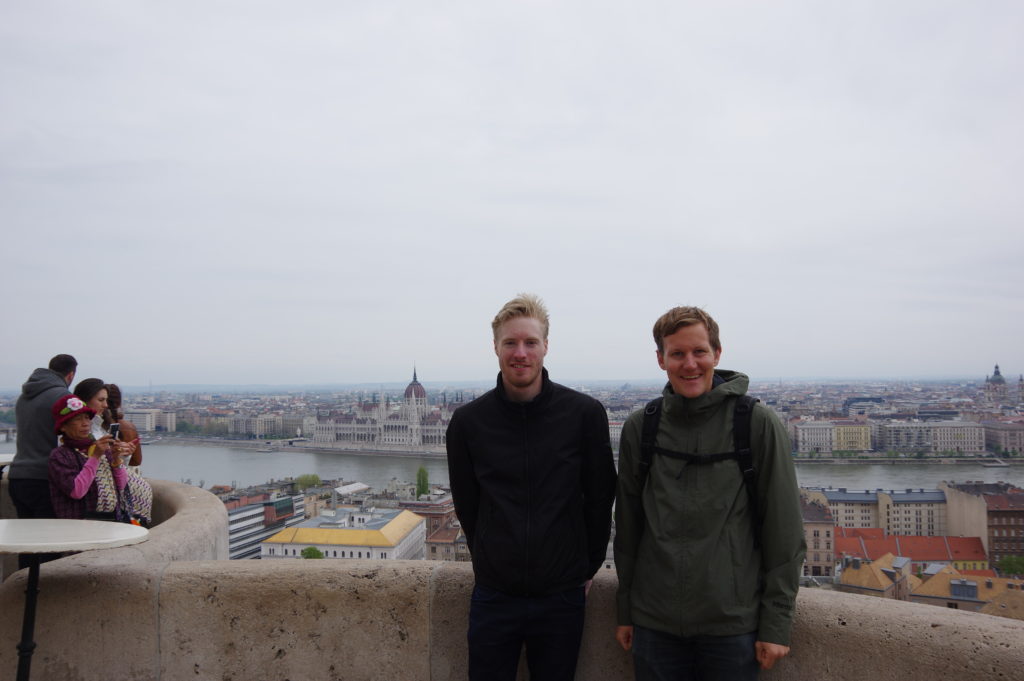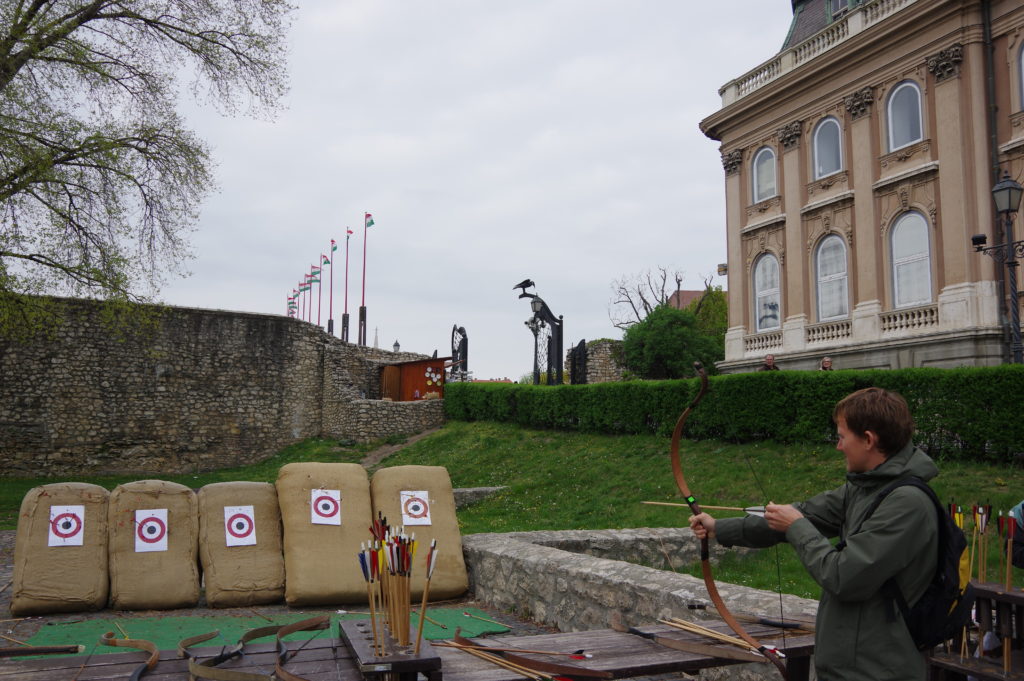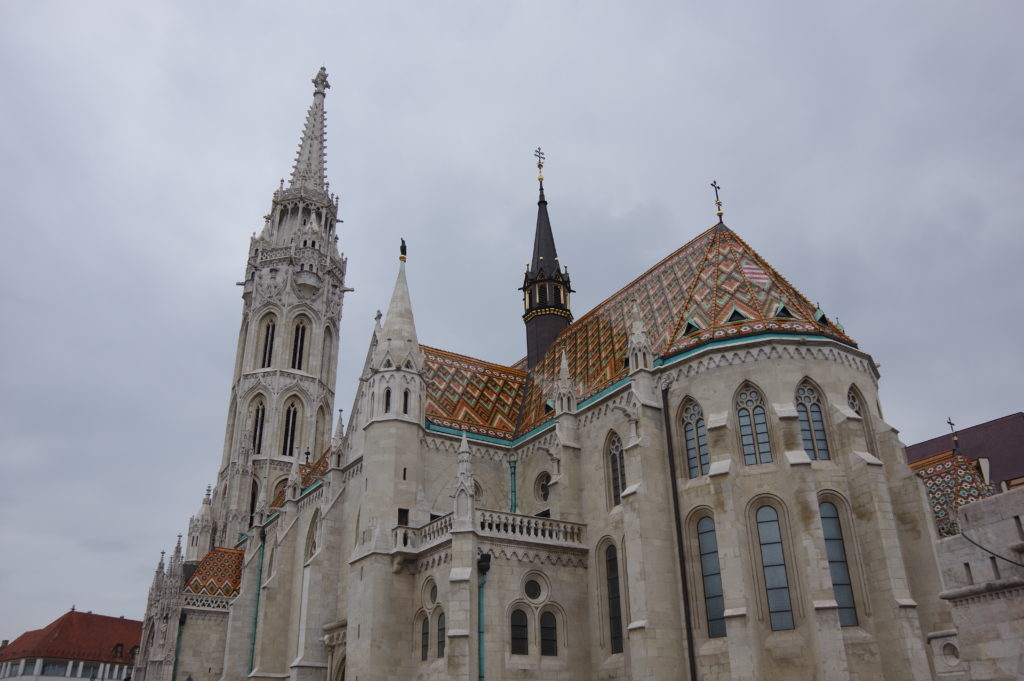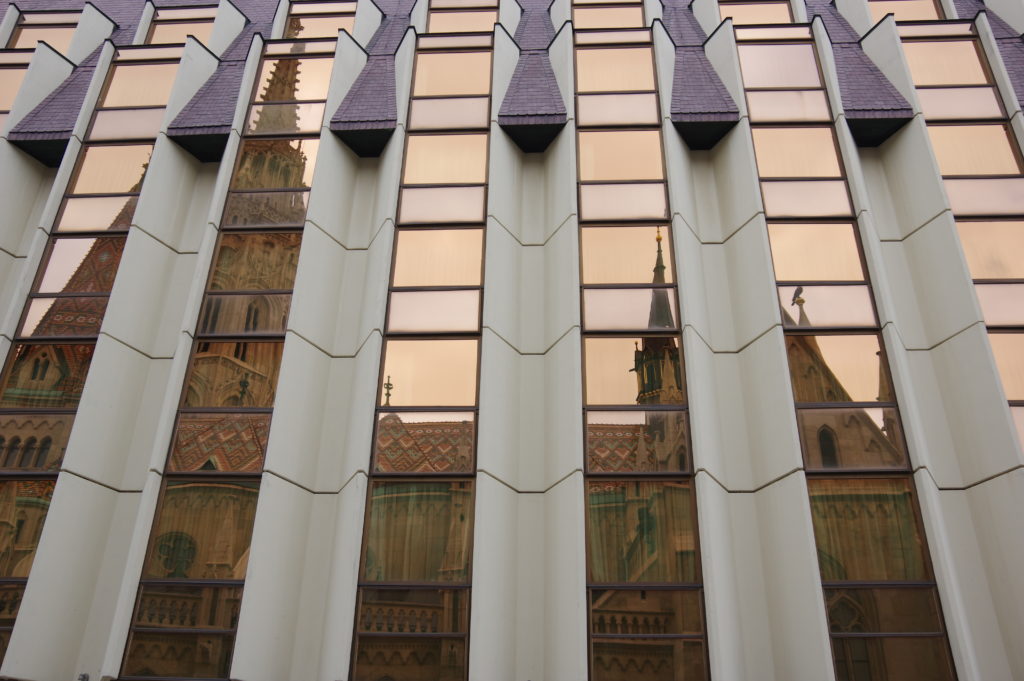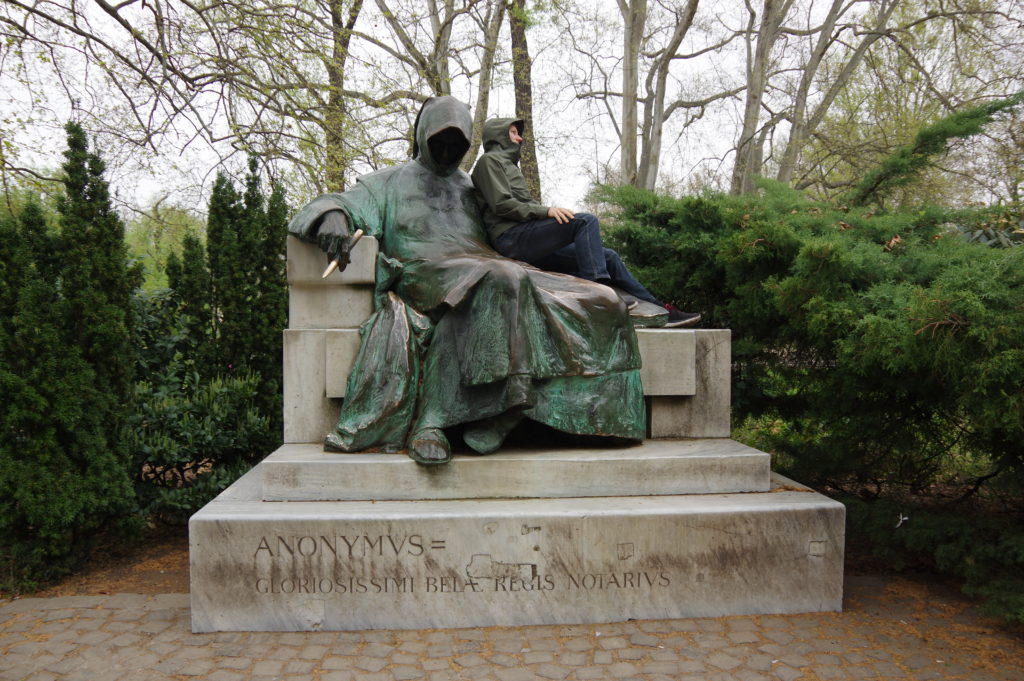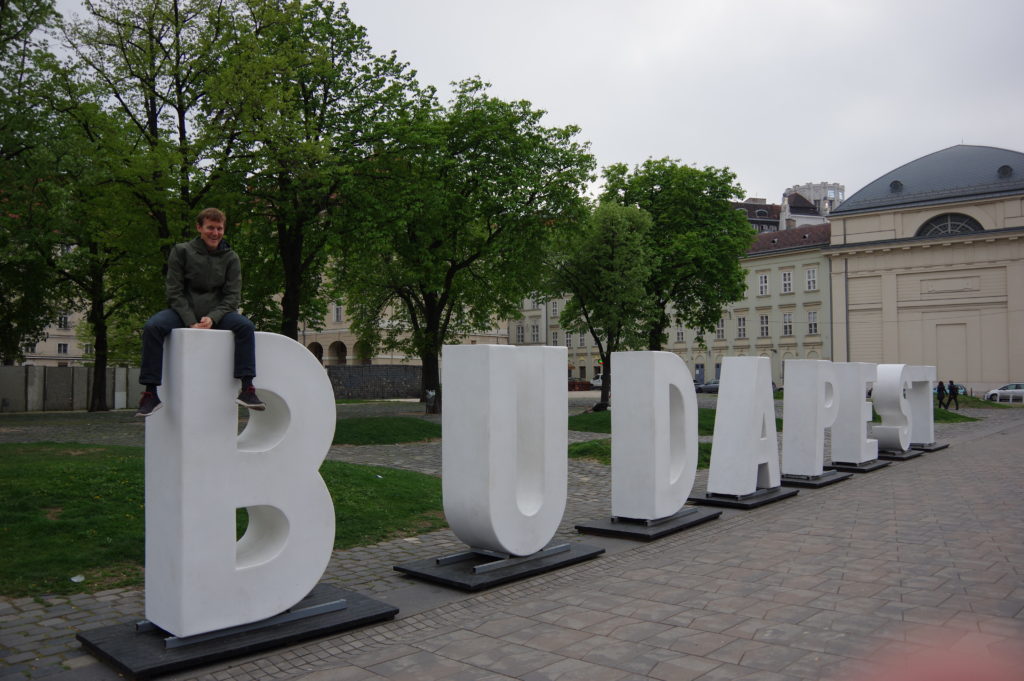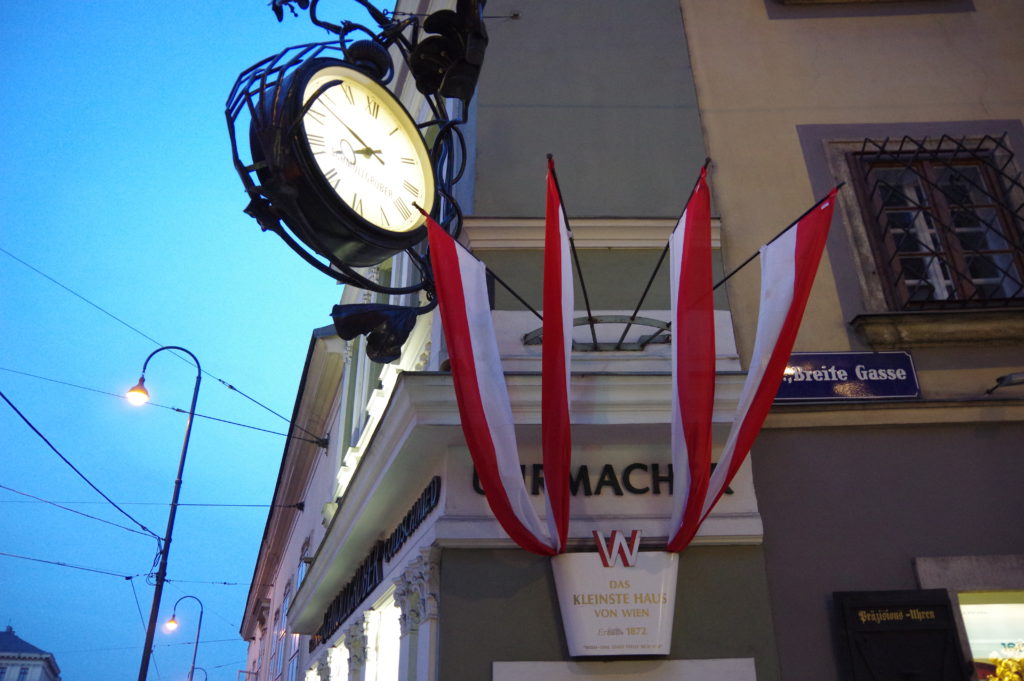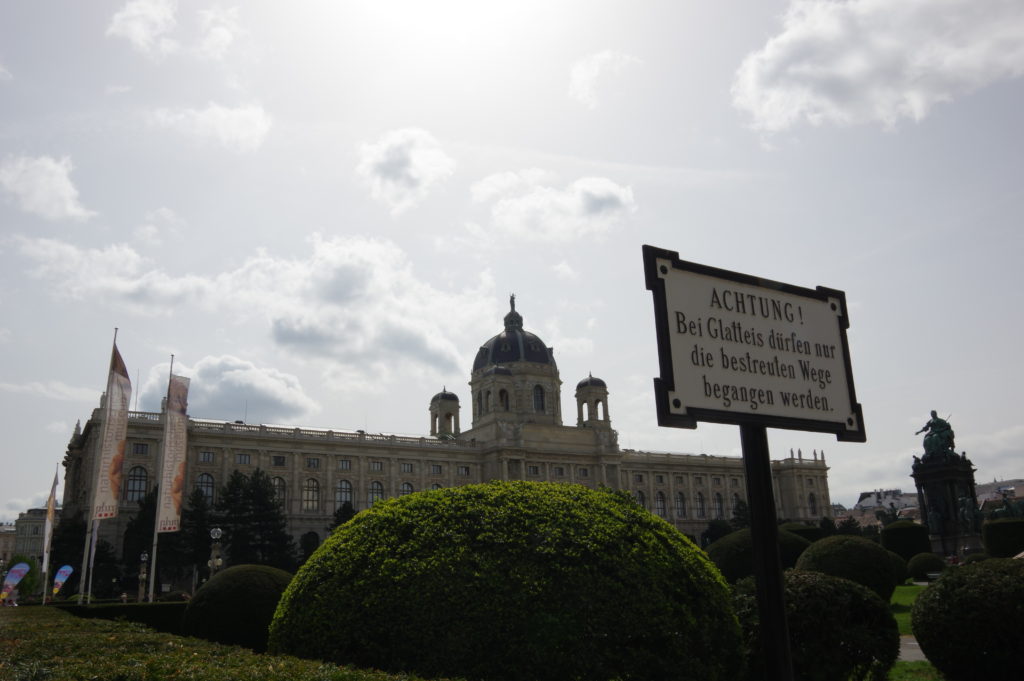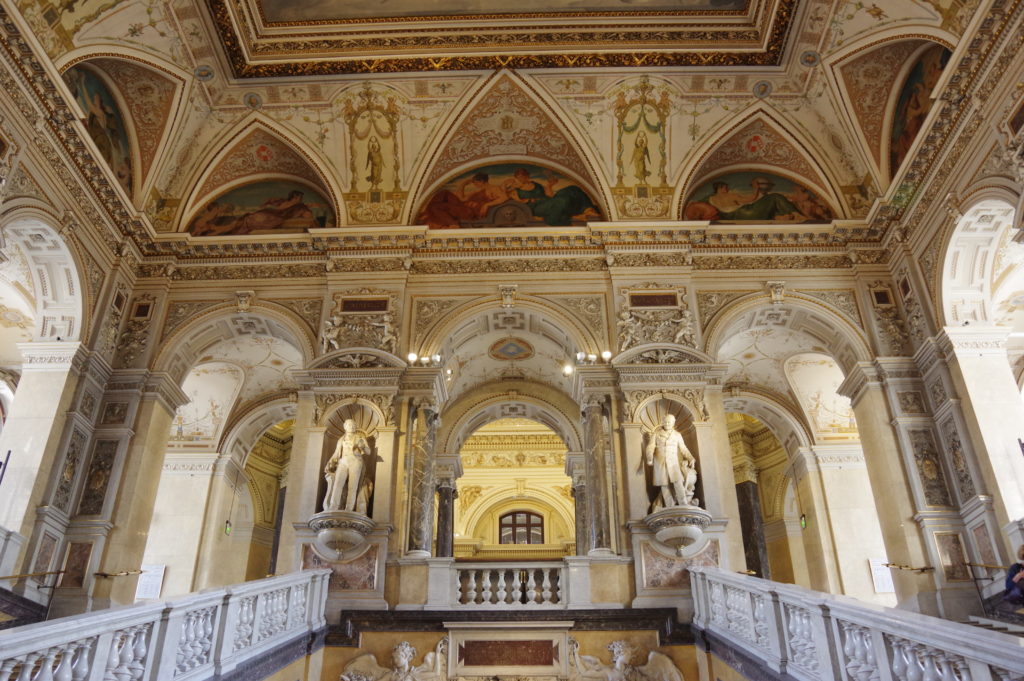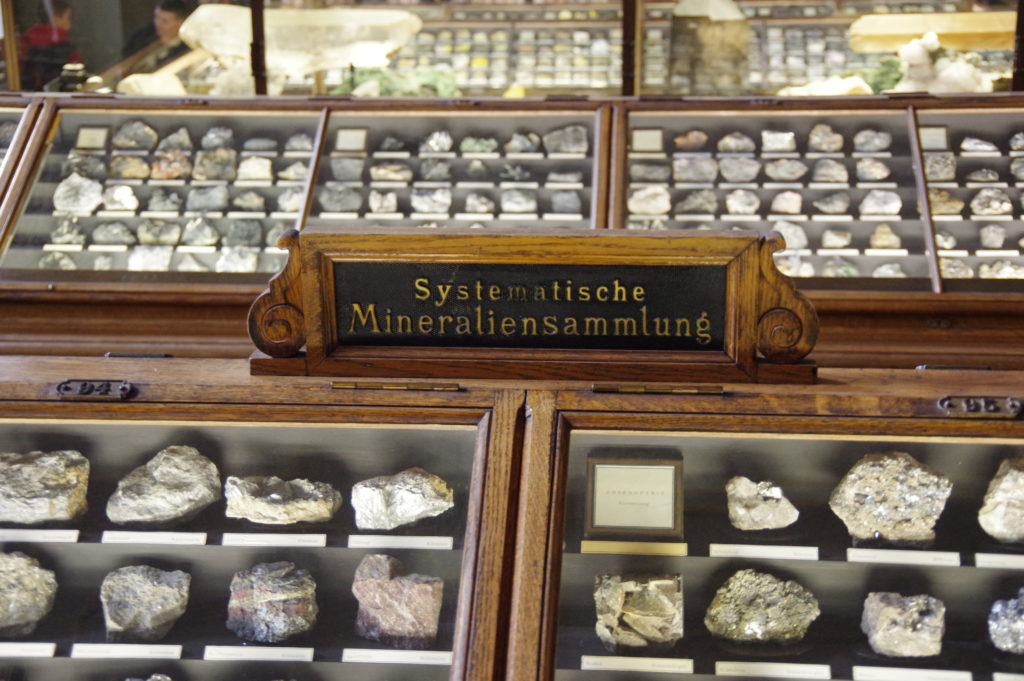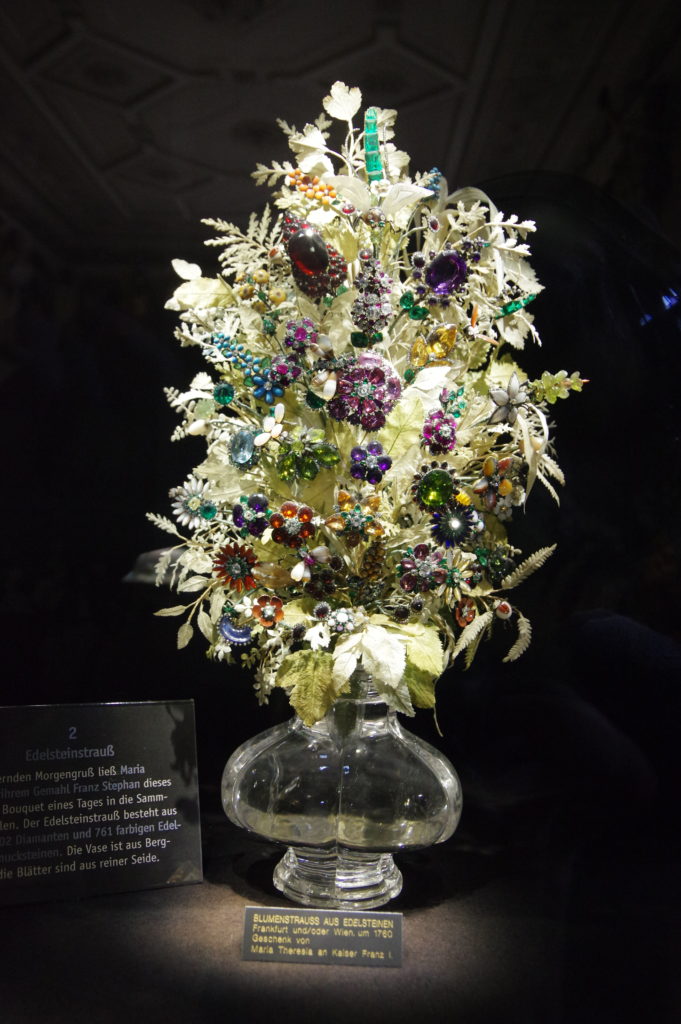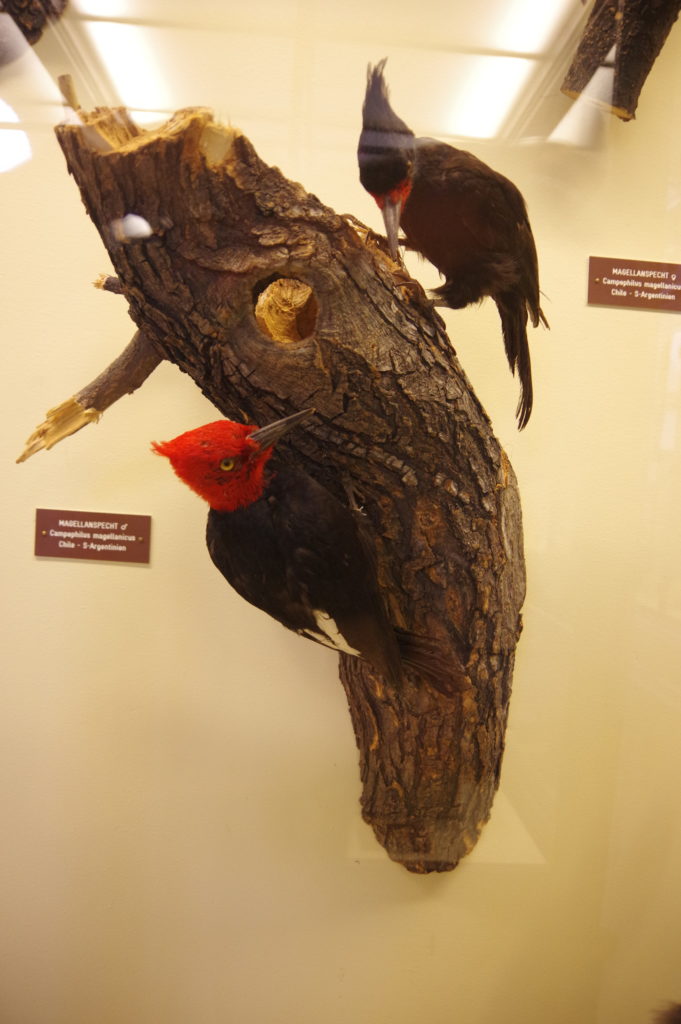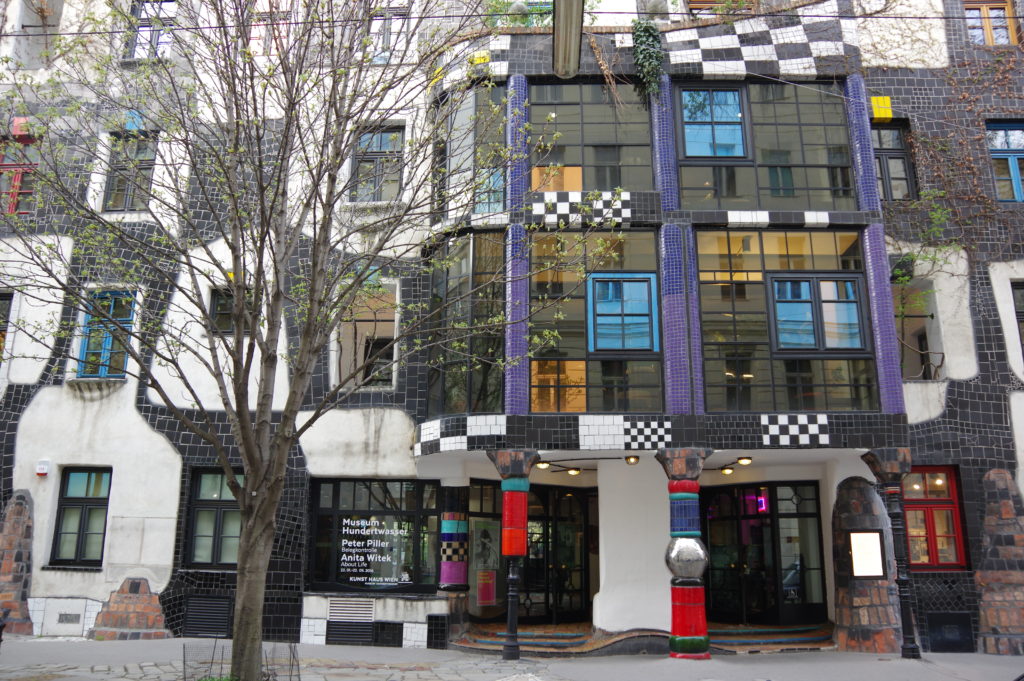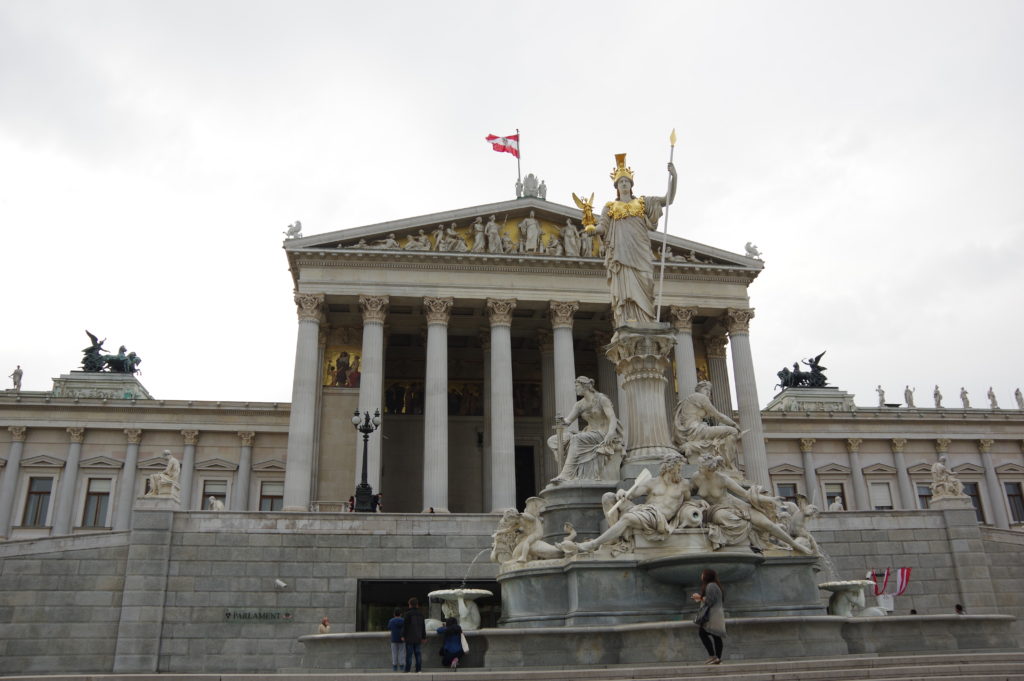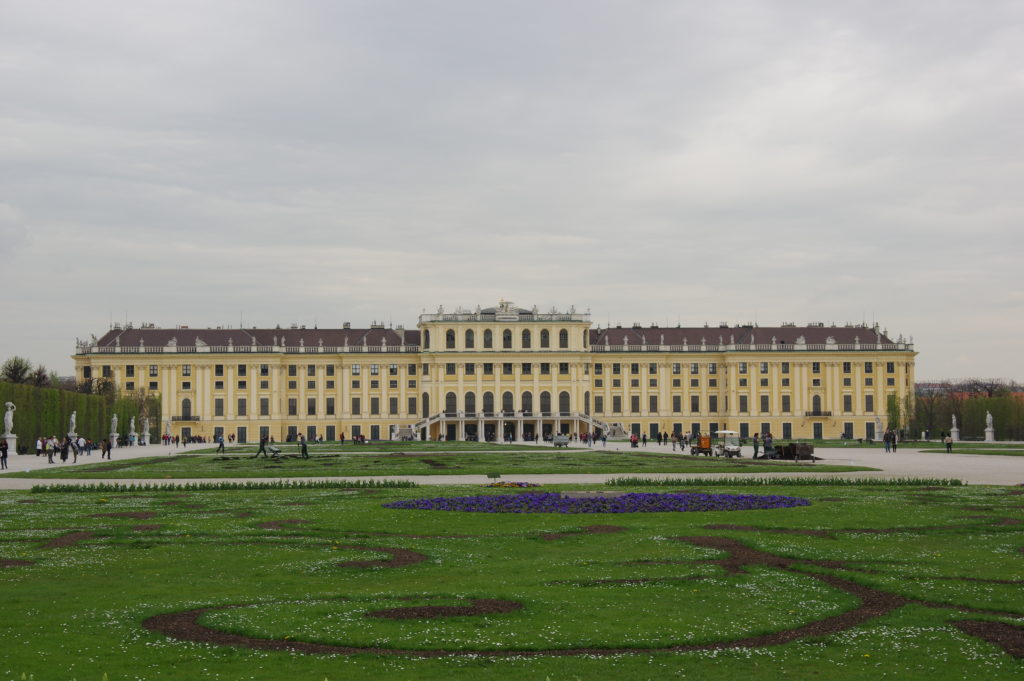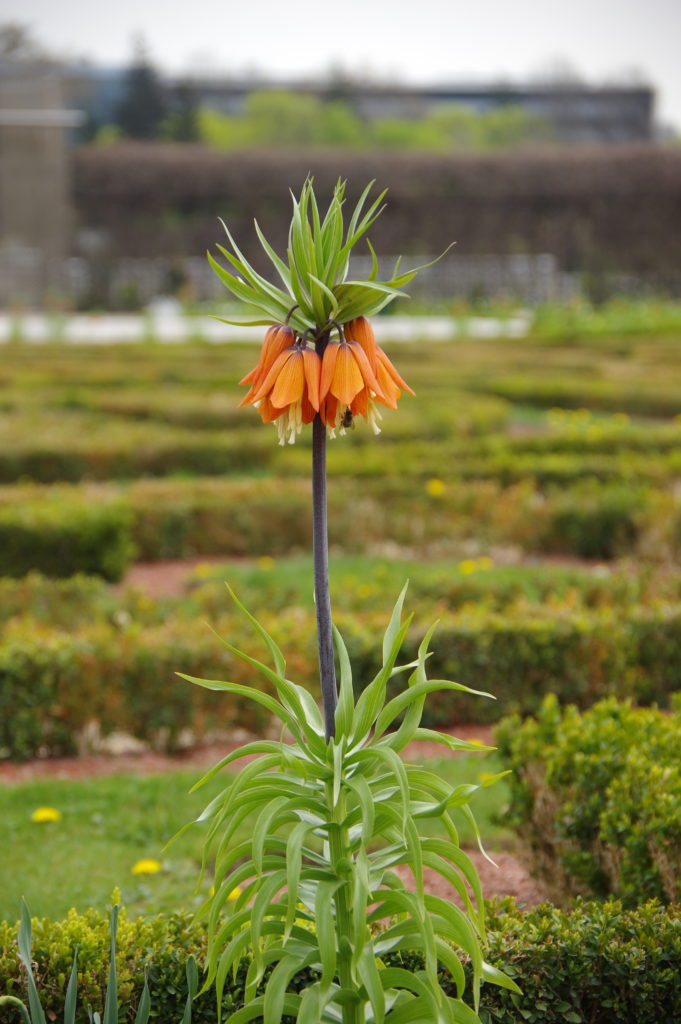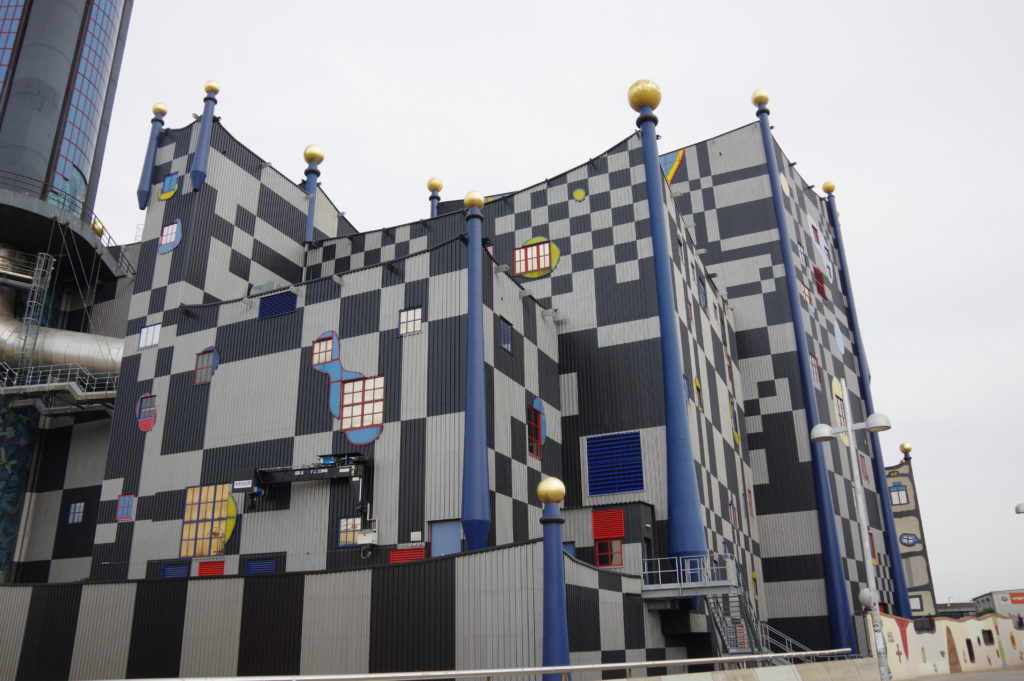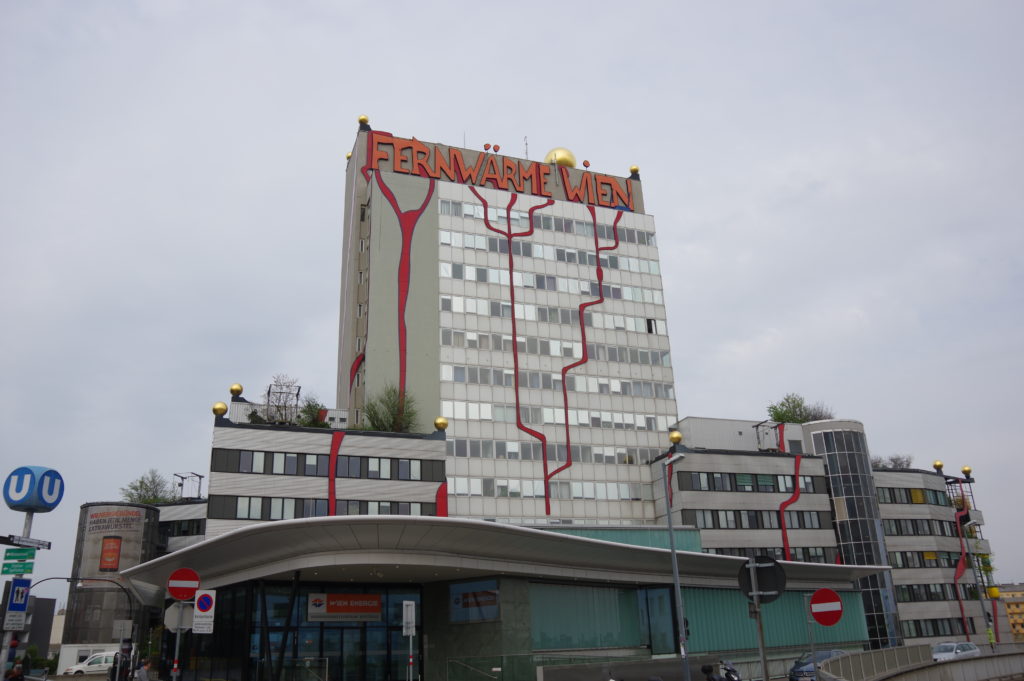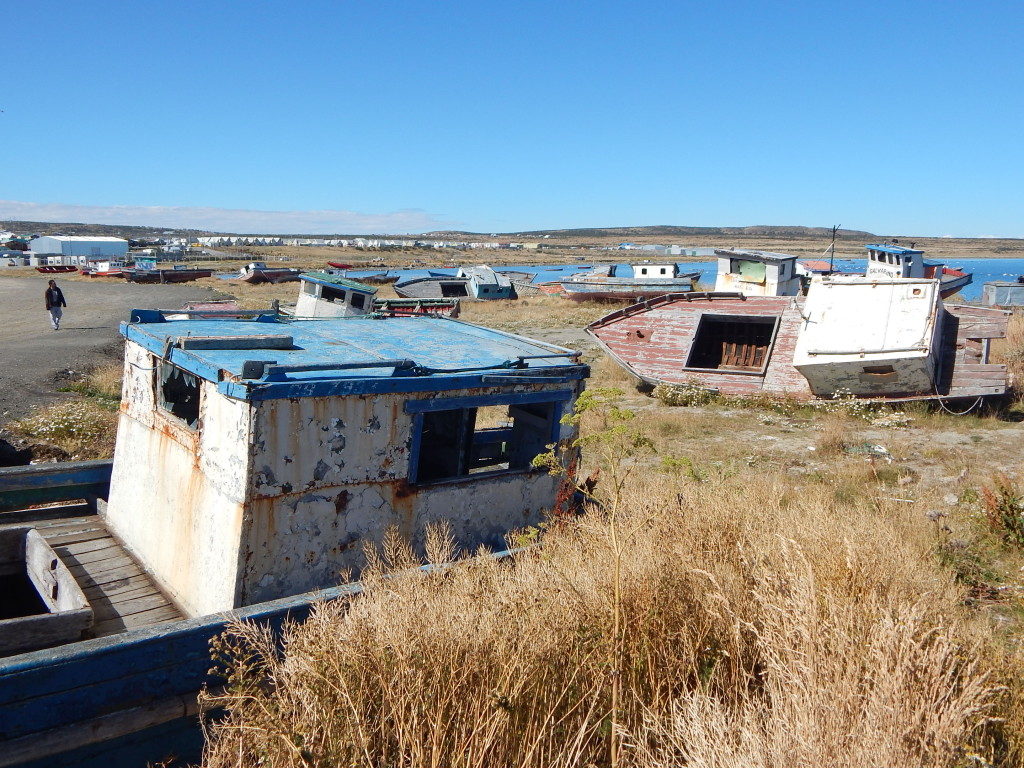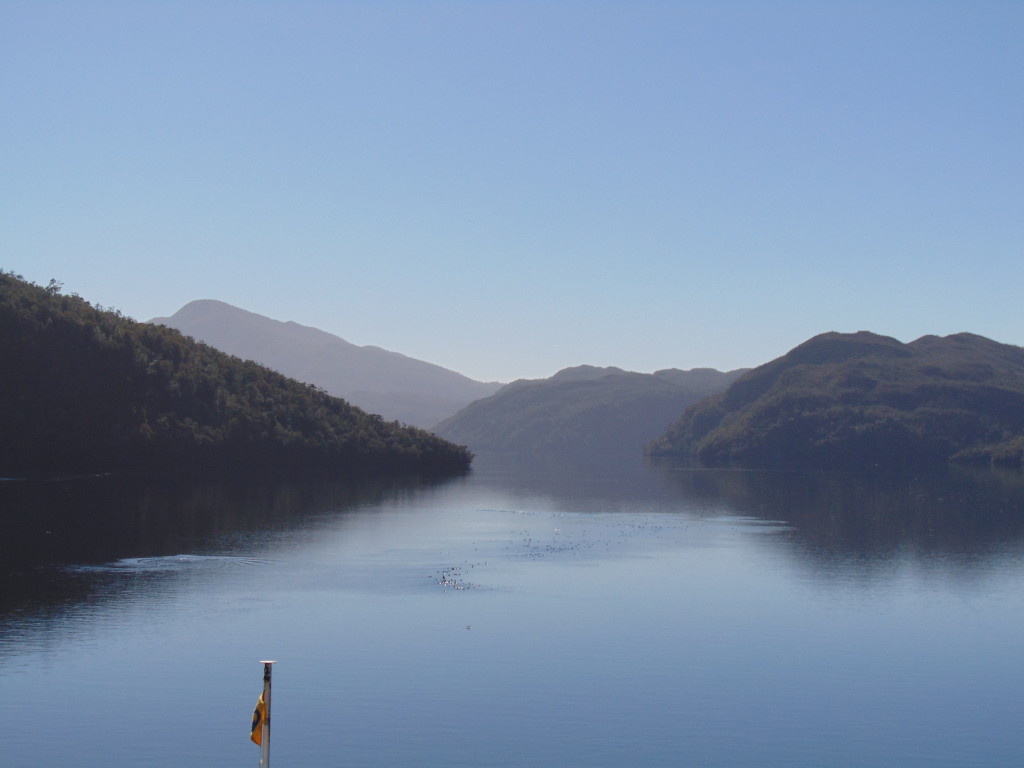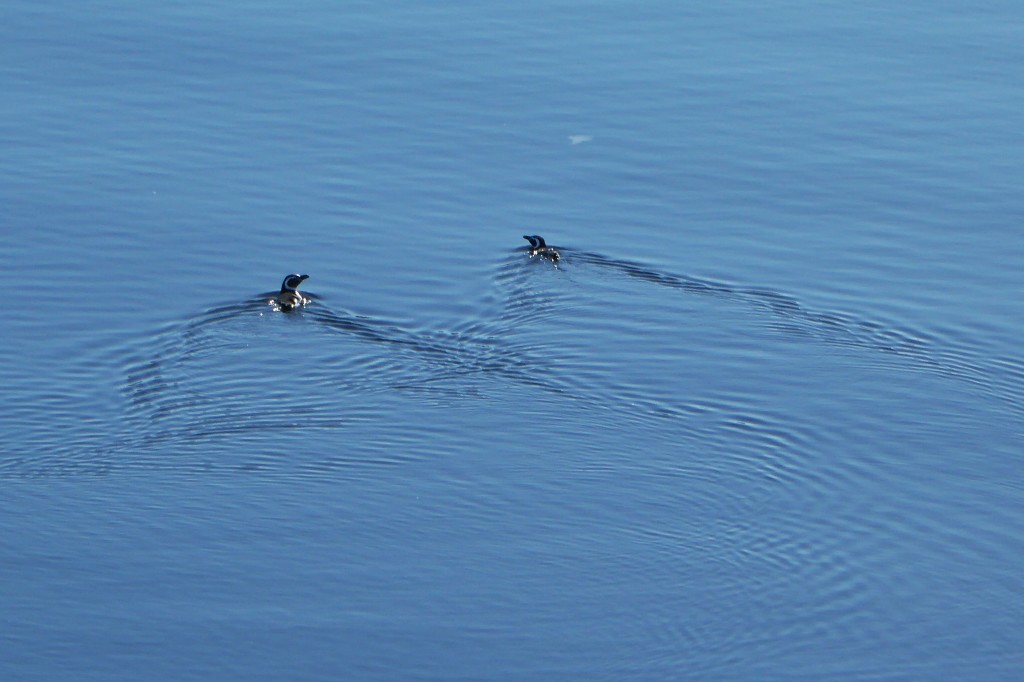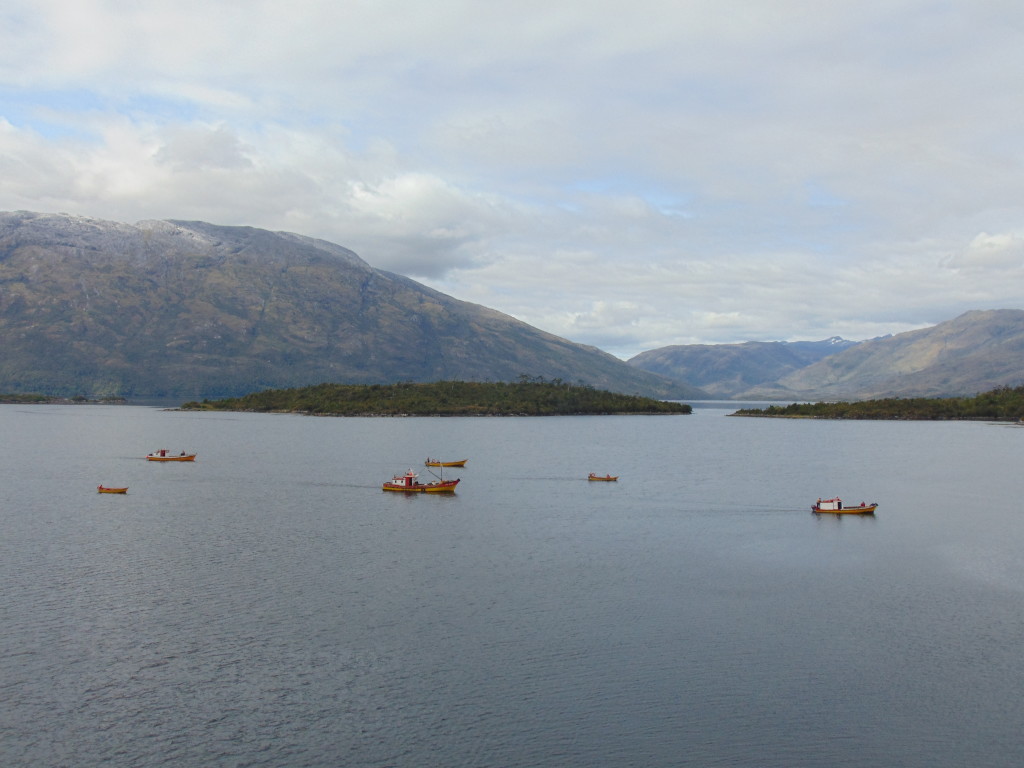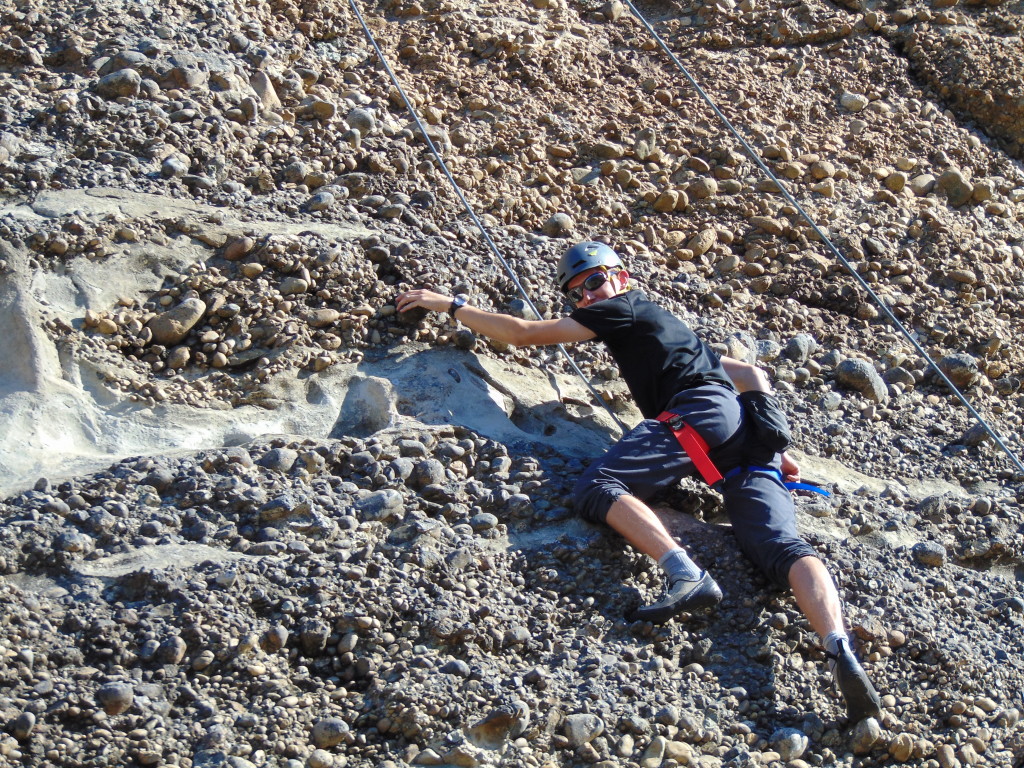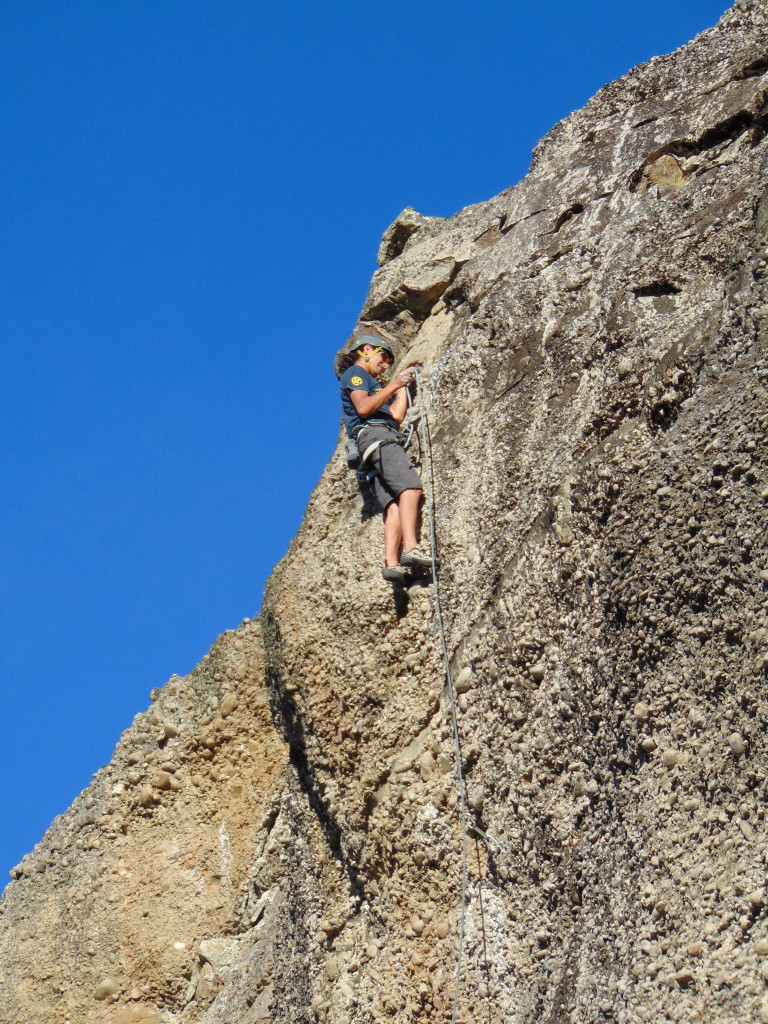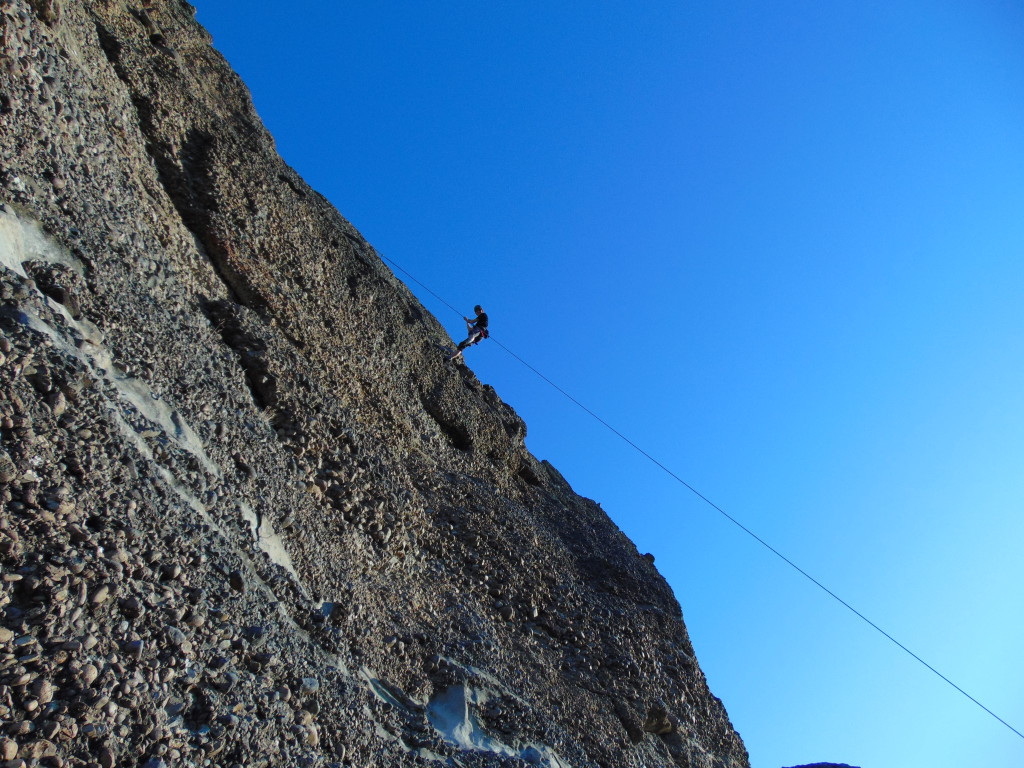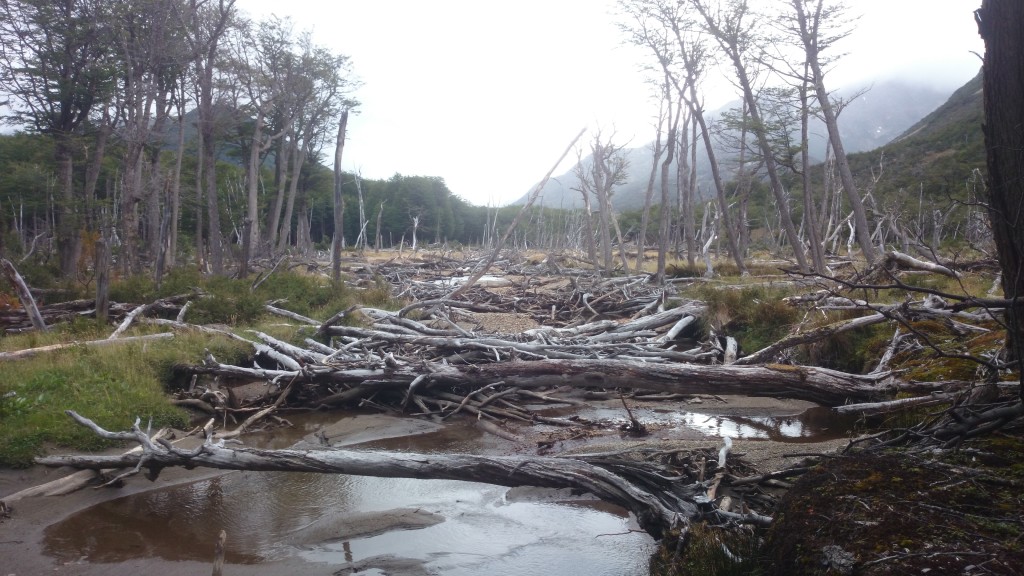SEP 9, 2016 – I can’t seem to keep up with blogging, so here’s a quick summary of what I’ve been doing. I will publish more detailed posts after the end of my trip on September 21st.
The rest of Chile
After arriving in Puerto Montt, I visited Chiloé for a few days, then the wine region of Colchagua Valley and the capital Santiago. From there I did a side trip to Valparaíso with its amazing (but mostly broken) wooden elevators. Thanks to CouchSurfing and a guy called Franco, I climbed above 5000 meters in an epic two-day trip from Santiago on the day before leaving Chile.
Volunteering in Europe
Over Easter I went skiing in Switzerland and then traveled to Bulgaria by train with stops in Vienna and Budapest. After spending most of April in Bulgaria preparing Velikden Cup, I went to Greece with the goal of volunteering to help refugees there. On May 12 I started working in and around Idomeni Camp, north of Thessaloniki, near the Macedonian border. After the camp got evicted, I worked for other camps in the area. Among other things, I chopped vegetables, sorted clothes in a warehouse, reorganized the sorting system, helped paint a medical van, installed a solar panel and some power outlets, helped distribute food, and collaborated with local students to bring better internet connections to the camps. At the end of June I came back to Switzerland for about three weeks; I needed some time to organize visa and bookings.
The Asia trip
I finally started the Asia part of my trip in Jakarta (Indonesia) on July 15. From there I travelled around Java for a few days, then attended my friend’s wedding and went to Bali with the newlyweds. On July 29 I flew to Myanmar, where 12 days were enough to visit the main tourist destinations and do a nice trek with a small group in the countryside. Next I went to Japan, which impressed me a lot with its great food and unique mentality. Besides visiting cities, I climbed Mount Fuji and did a great 2-day mountaineering trip in Kamikochi. On August 23rd I took the 48-hour ferry from Osaka to Shanghai. Ten days in China were barely enough to visit Shanghai, Beijing and the ancient city of Pingyao in between.
Back home by train
On Sep 3 it was time to board the Transsiberian Railway, first segment from Beijing to Ulaanbaatar. With a guy I met on the train, I toured the Mongolian countryside for four days before continuing into Russia, where I arrived this morning. I spent this afternoon in Slyudyanka along Lake Baikal and will continue to Irkutsk tomorrow. The day after tomorrow I’m taking another night train to Krasnoyarsk, where I plan to spend three days and go climbing in the Stolby area. The remaining distance to Moscow will be covered in three days non-stop. After a stopover of three nights I’ll catch the Moscow-Paris sleeper train until Karlsruhe, then continue to Bern in regular trains. I will have traveled from Beijing to Bern using only railways. See you soon in Switzerland!
Photos are published here for now
